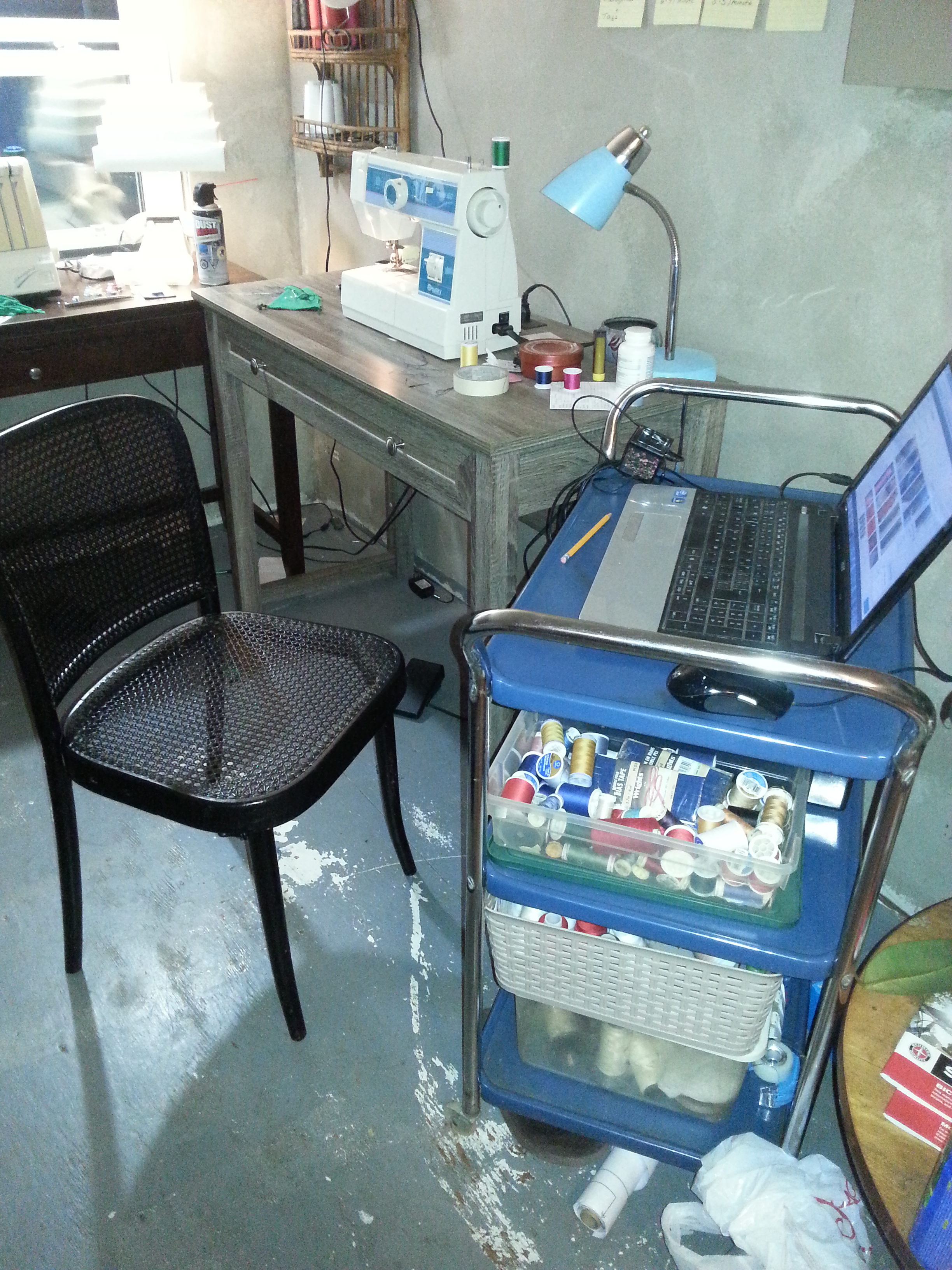Chicken Wire Allium are one of those things that keeps popping up on my Pinterest feed. Every time I see them, I want them because Allium are such a cool looking flower. They’re like giant lolly pops in the garden. So as much as I try to come up with my own unique ideas here I just knew I had to replicate those allium.
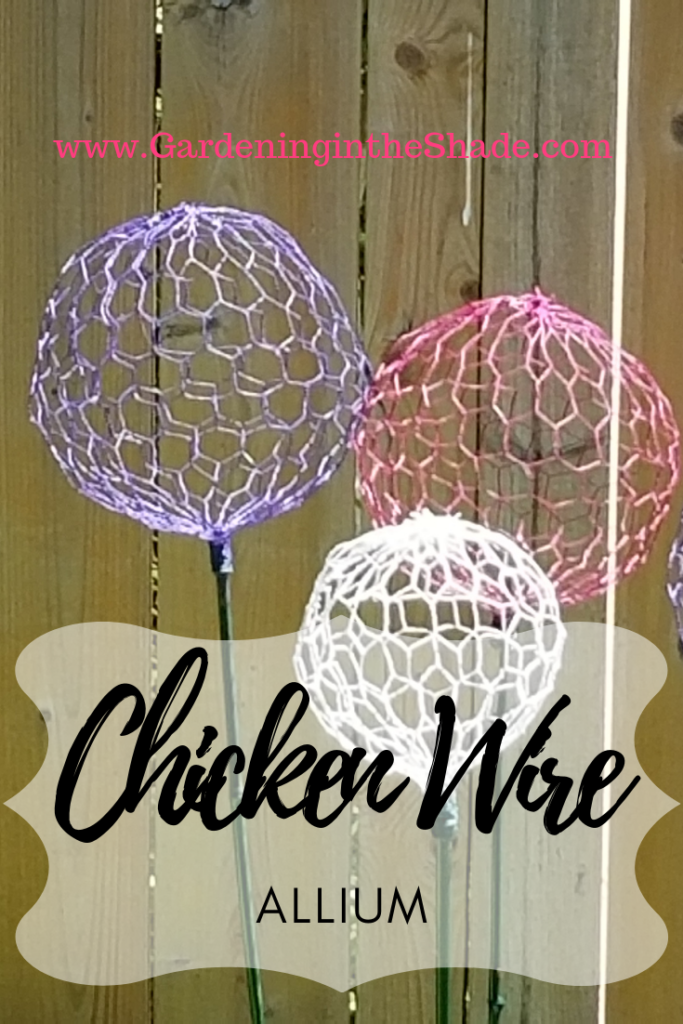
After a little bit of trial and error, these were pretty easy to make. With no power tools needed, it was something I could work on in the morning without disturbing the neighbors at the ridiculously early time I wake up every day.
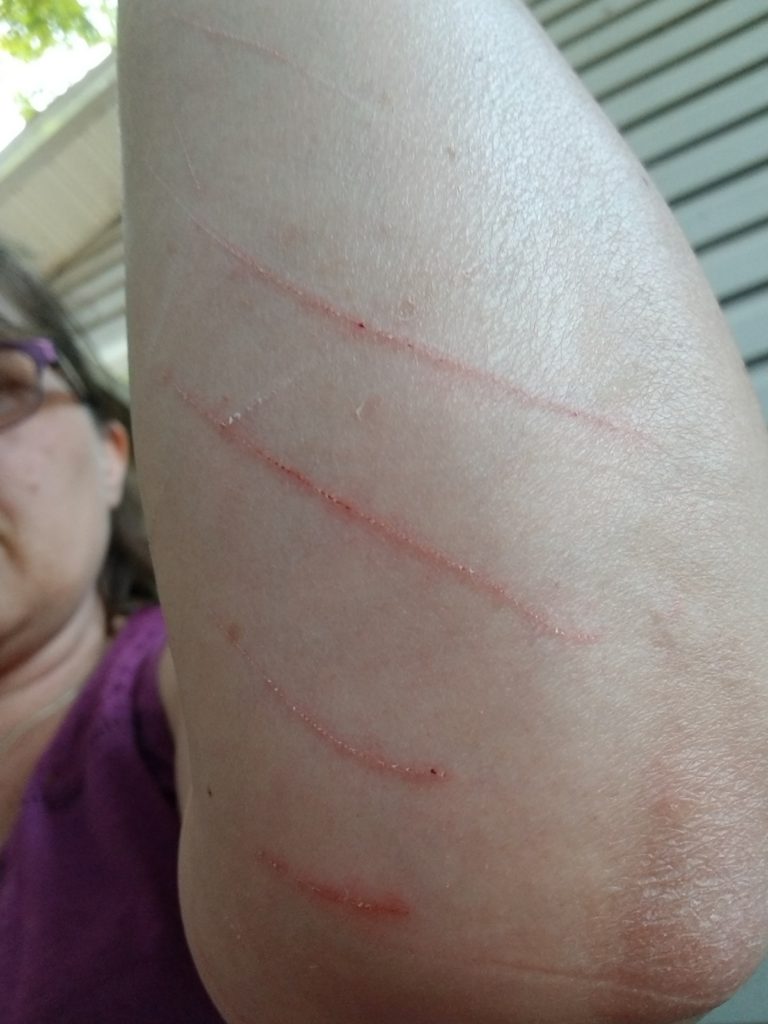
Chicken Wire is a bit bitey so I suggest long sleeves if possible. It also tends to tangle up in itself and what not, so it’s not really a good project for when you’re feeling irritable or impatient. As you unroll the wire, run if over the edge of your workbench to straighten it out so it doesn’t keep rolling back up on you.
Materials for Chicken Wire Allium
I’ve provided some links to the materials you will need, they are affiliate links.
- Chicken Wire
- Florist Wire
- Garden Stakes – I used bamboo and painted them green.
- Spray Paint – I used white, a lavender and hot pink.
- Snips & Pliers
How To Make Allium
Prep the Chicken Wire
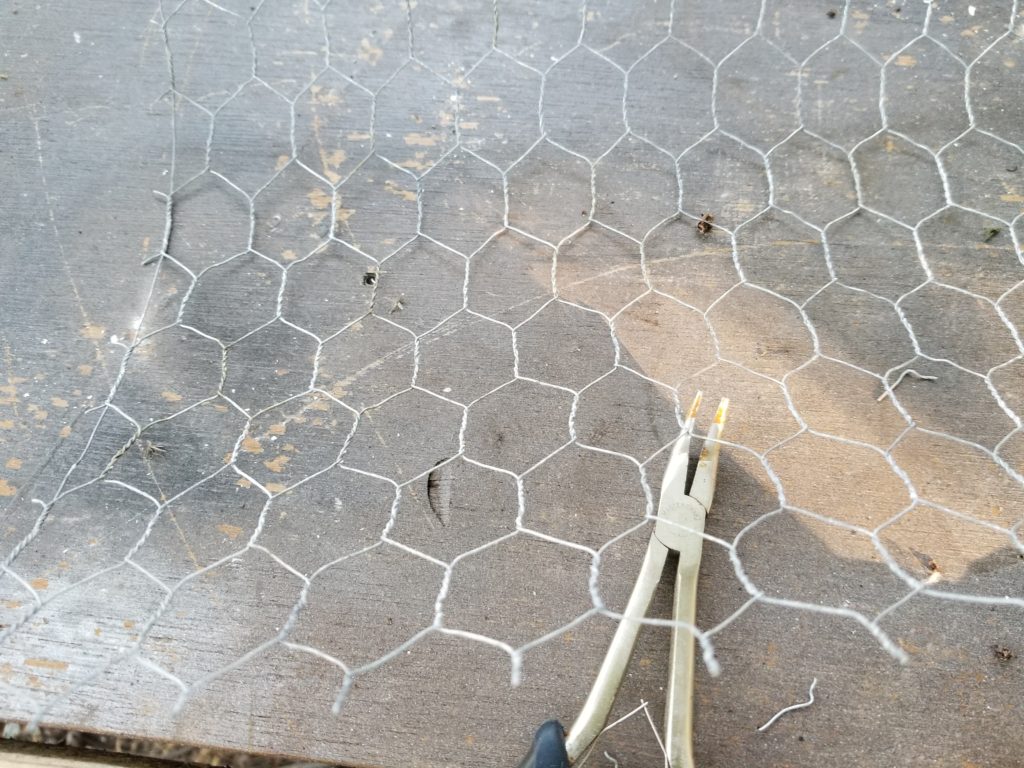 After some trial and error, I found I got the best results with the chicken wire oriented as above. The twisty parts need to be running up and down.
After some trial and error, I found I got the best results with the chicken wire oriented as above. The twisty parts need to be running up and down.
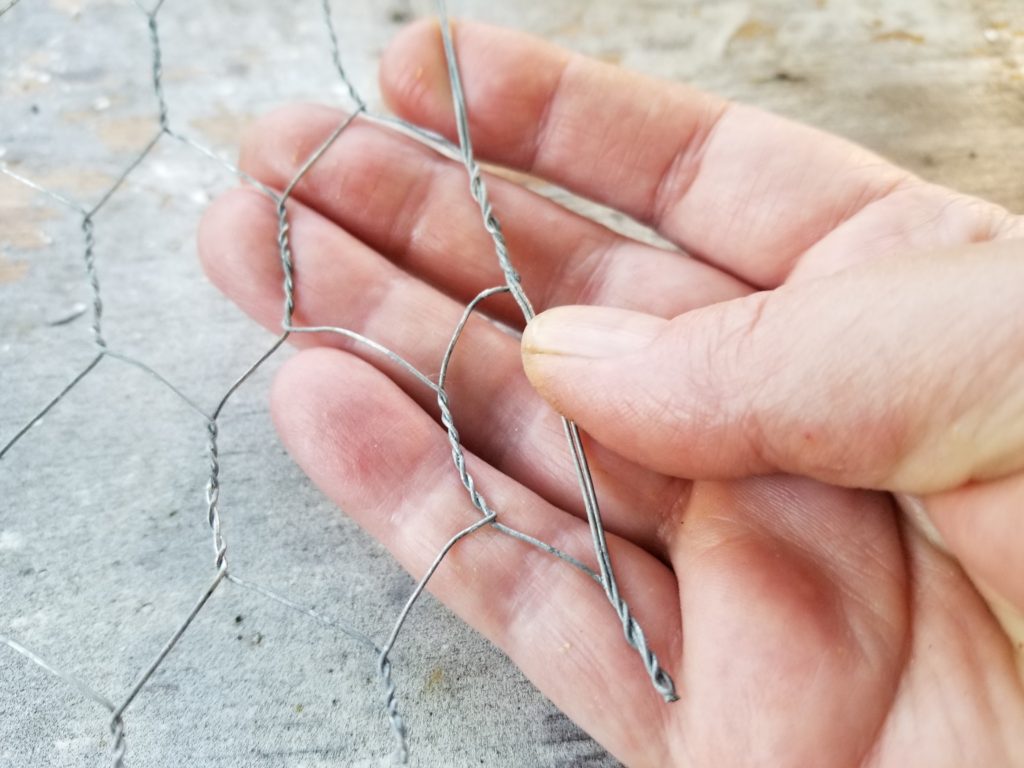
Usually on the edges of chicken wire there’s an extra wire added for stability – that needs to be trimmed off. If there are any running through the middle of your wire, trim out of the middle of each hexagon. If you leave them in it will prevent the mesh from stretching as it needs to. Cut a rectangle of chicken wire for each allium as below.
- Large Allium – 14″ high x 21″ wide
- Small Allium – 12″ high x 20″ wide
Shape the Chicken Wire
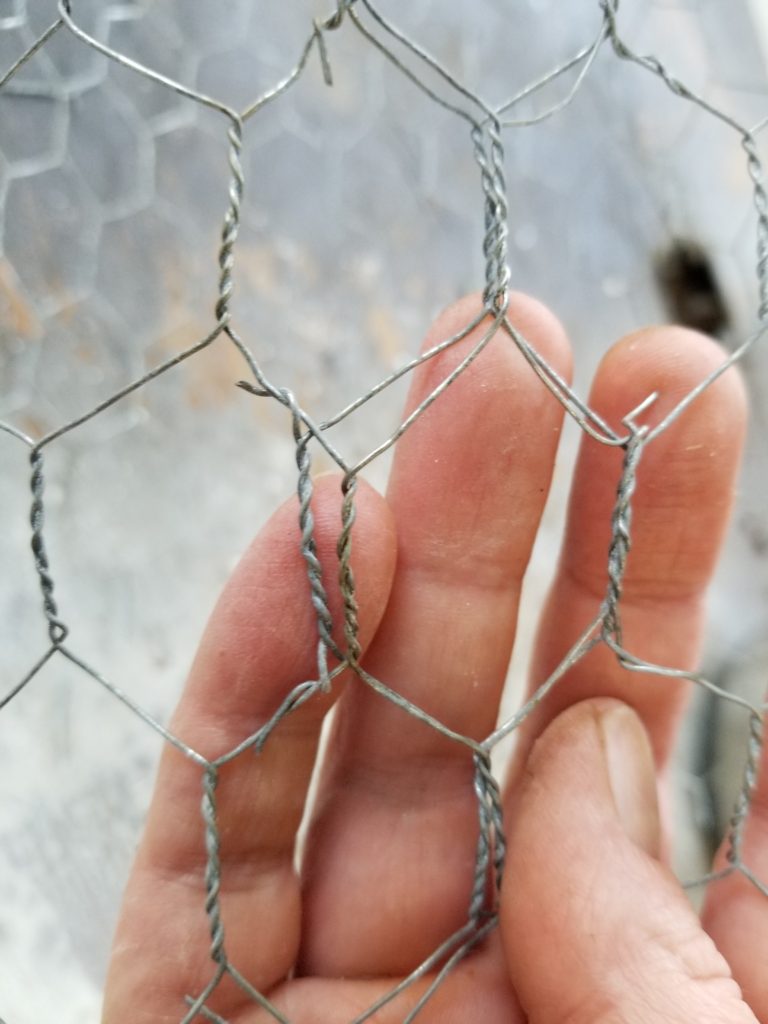
Shape your chicken wire into a tube, overlapping one row of hexagons as above. Twist your wire ends around to attach.
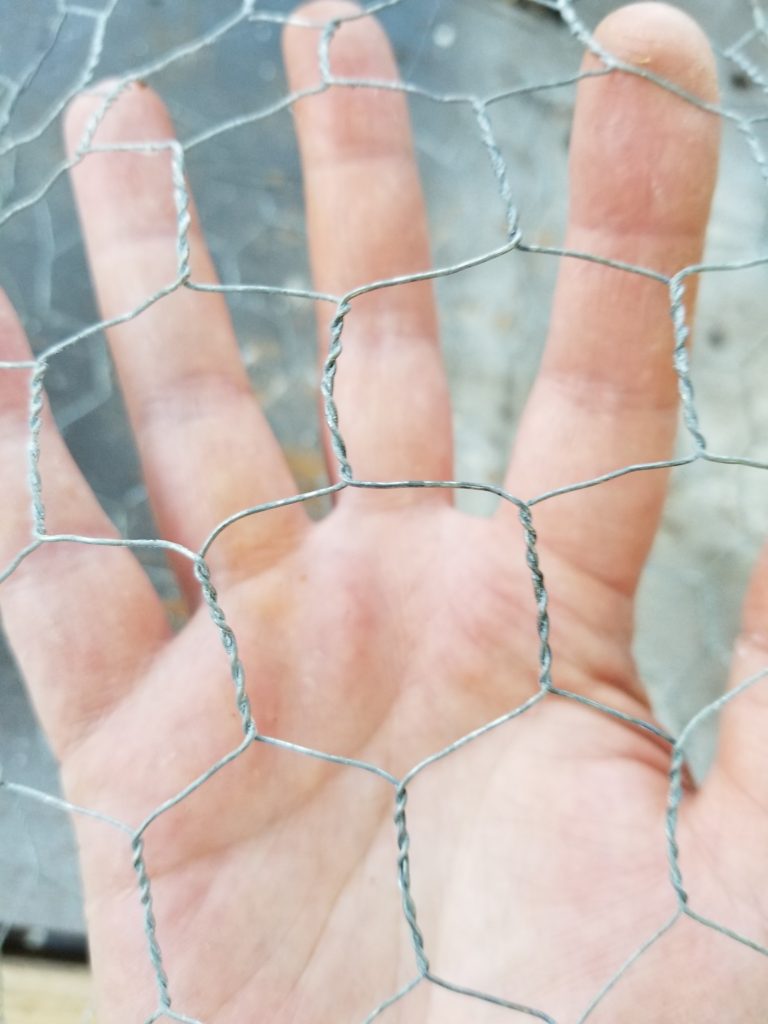
Half way between the top and bottom of your tube, stretch the hexagons all the way around the tube – they should almost look square. This makes the wire belly out to start your curve.
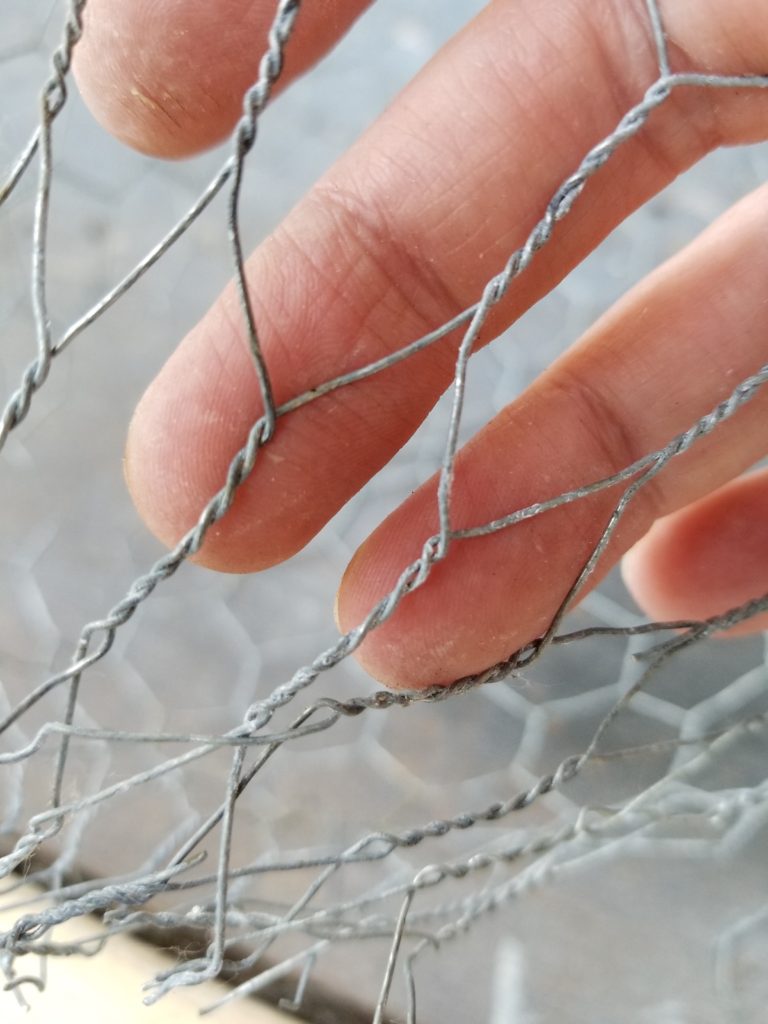
A row or two above that, start pulling the hexagons to stretch them vertically – this creates the top of your curve. Bring all of the wire ends together at the top and twist together as best you can. I made a dozen of these and never came up with a nice neat way to do this part.
Repeat the same on the bottom half of your tube, but leave the ends open to attach to your stake. Don’t worry too much about perfecting your shape yet. It’s much easier to make adjustments once it’s on a stake.
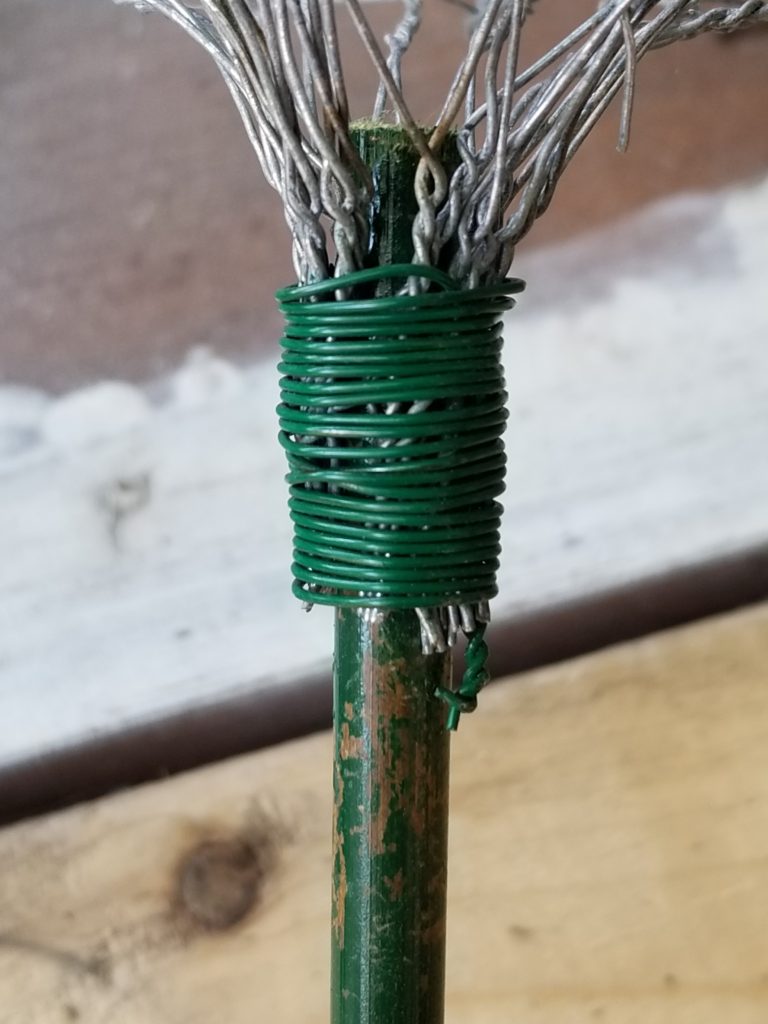
Grab a length of florist wire and wrap around the bottom of the chicken wire and stake as above. Once you have it on the stake it’s easy to tweak your shape to get a more rounded ball shape.
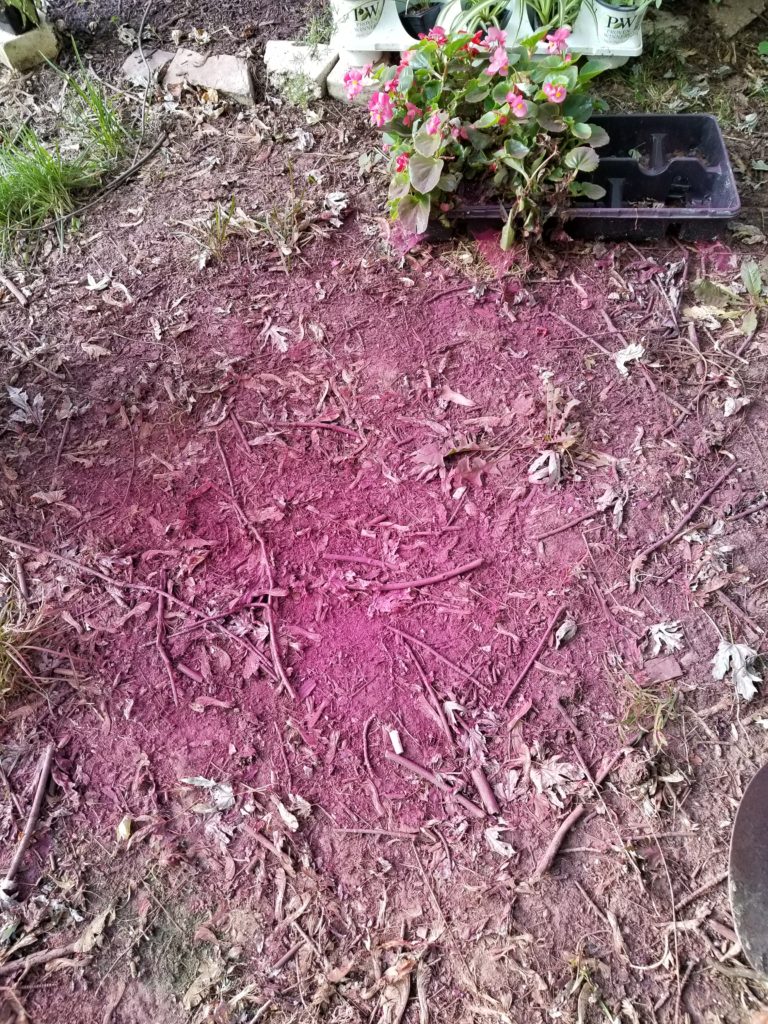
Hit them with a couple of coats of spray paint, make sure you get good coverage on the inside and outside. As you can see I now have a patch of fuchsia colored dirt, so make sure you don’t paint near anything important to you.
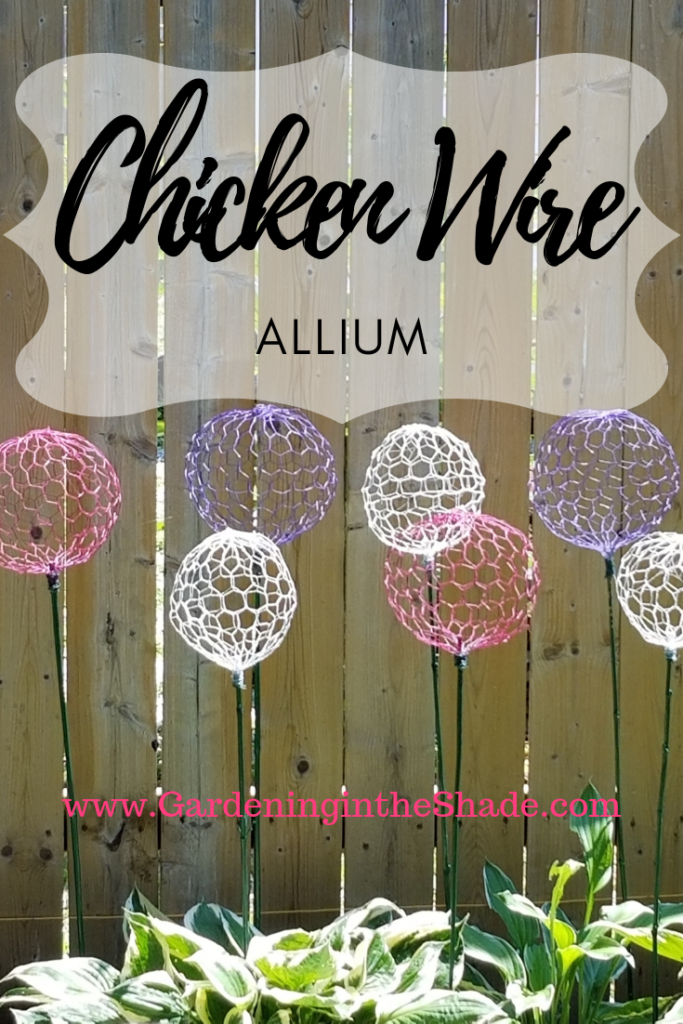 Pick a spot and shove the stakes in the ground to arrange your Chicken Wire Allium any way that makes you happy!
Pick a spot and shove the stakes in the ground to arrange your Chicken Wire Allium any way that makes you happy!
So what do you think? Would you plant a bunch of chicken wire Allium or would you rather buy some bulbs and plant the real thing?

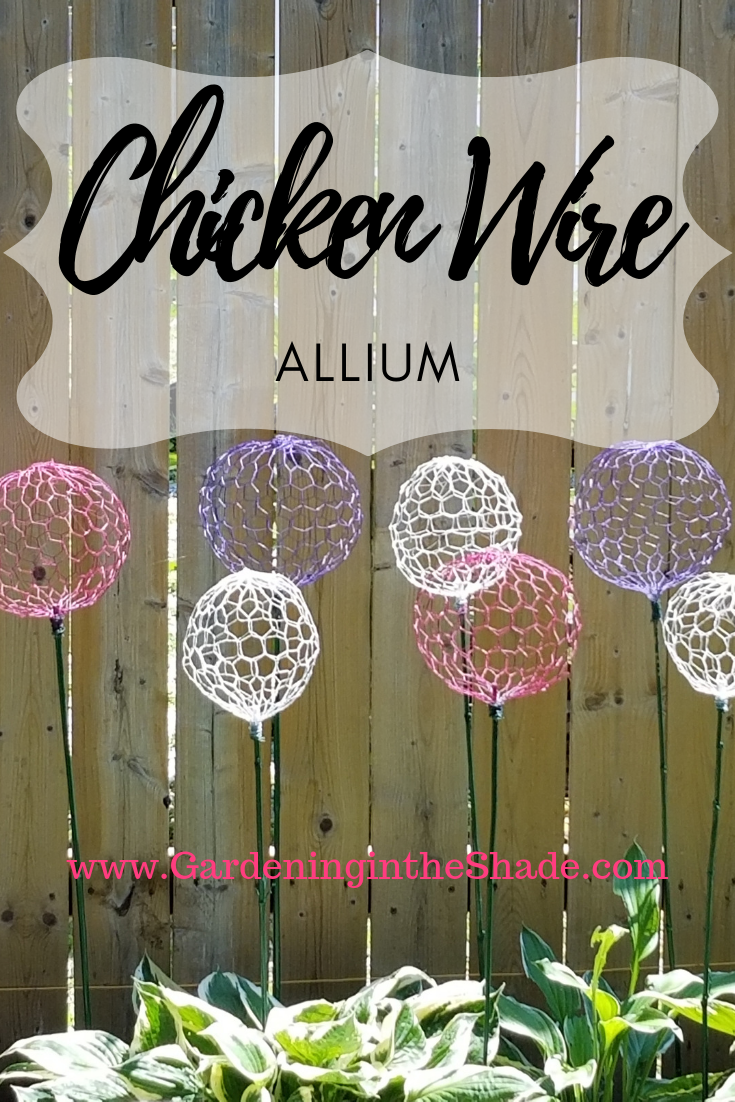
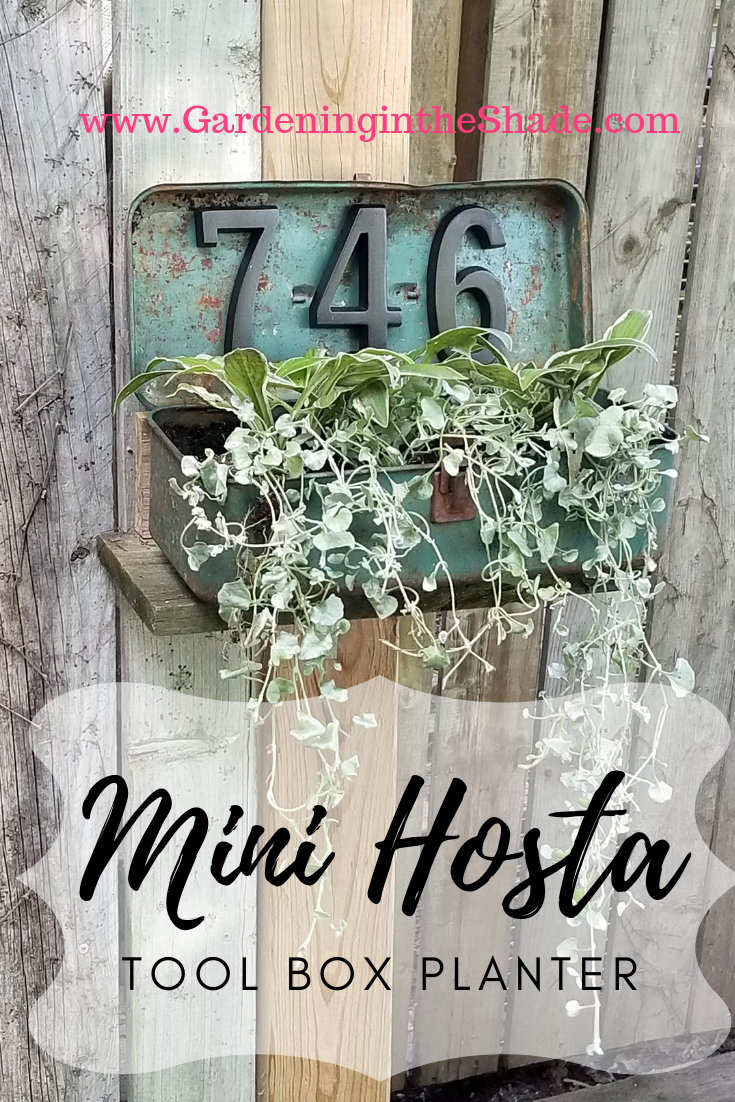
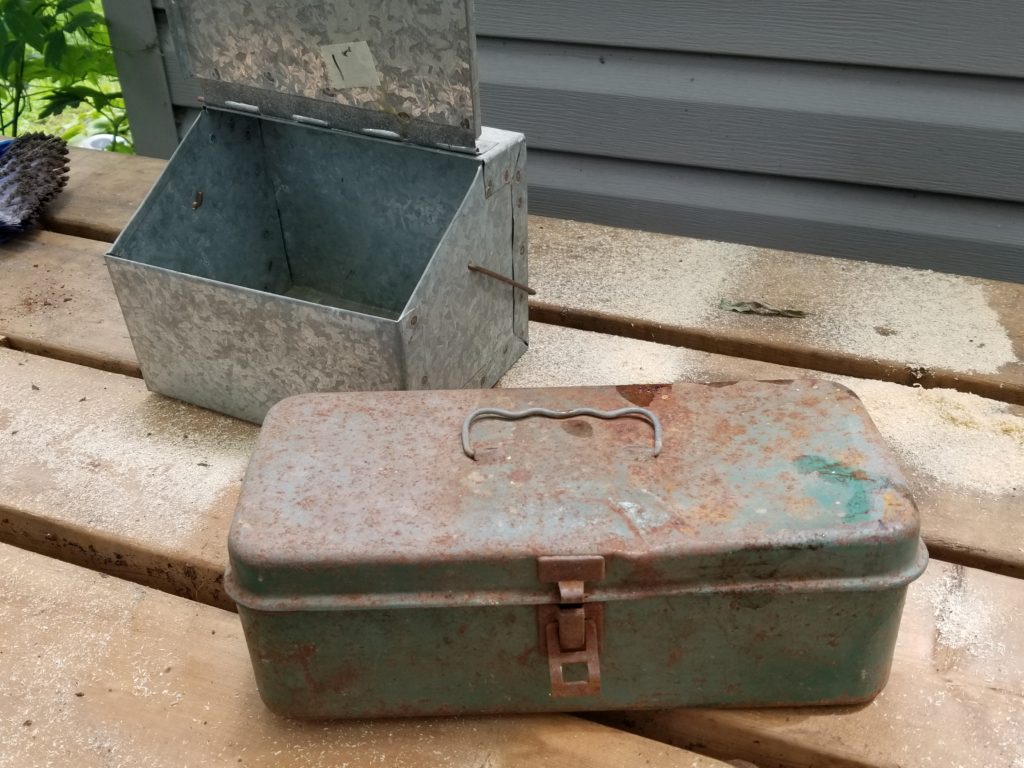 I mentioned a trip to Picker’s Pig Pen in my last post, what I didn’t mention was this fabulous old tool box. It was exactly what I was hoping to find. It has just the right amount of rust and it’s perfectly battered. One of the cutest succulent planters I’ve seen on Pinterest is an assortment of succulents in an old tool box. I needed a tool box so I could reproduce that planter with mini Hosta!
I mentioned a trip to Picker’s Pig Pen in my last post, what I didn’t mention was this fabulous old tool box. It was exactly what I was hoping to find. It has just the right amount of rust and it’s perfectly battered. One of the cutest succulent planters I’ve seen on Pinterest is an assortment of succulents in an old tool box. I needed a tool box so I could reproduce that planter with mini Hosta!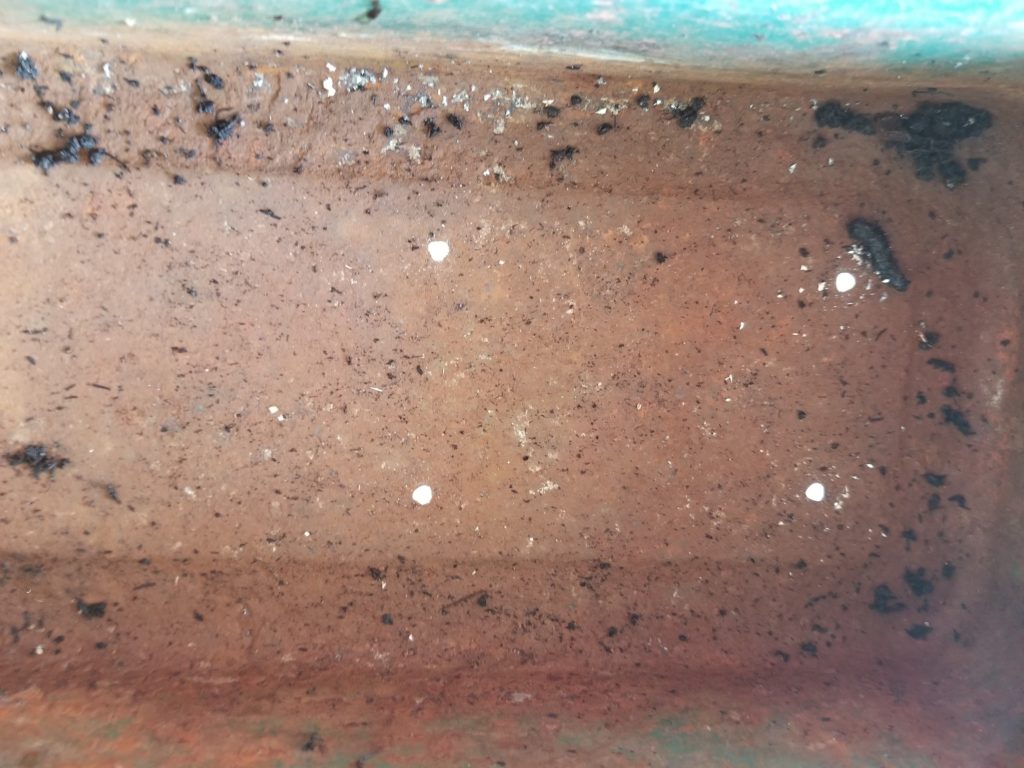 Both metal boxes were cleaned up and I drilled drainage holes in them with a drill bit meant for metal. When you are drilling in metal it helps to have some wood underneath that you don’t mind drilling into. There still might be some burrs, but the holes turn out much neater.
Both metal boxes were cleaned up and I drilled drainage holes in them with a drill bit meant for metal. When you are drilling in metal it helps to have some wood underneath that you don’t mind drilling into. There still might be some burrs, but the holes turn out much neater.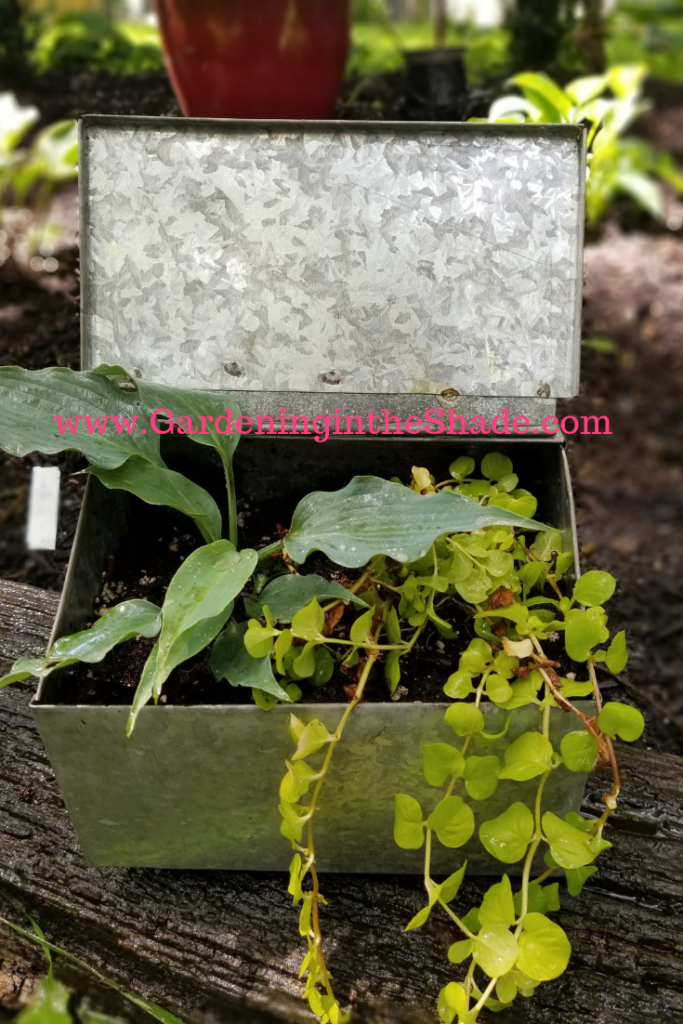
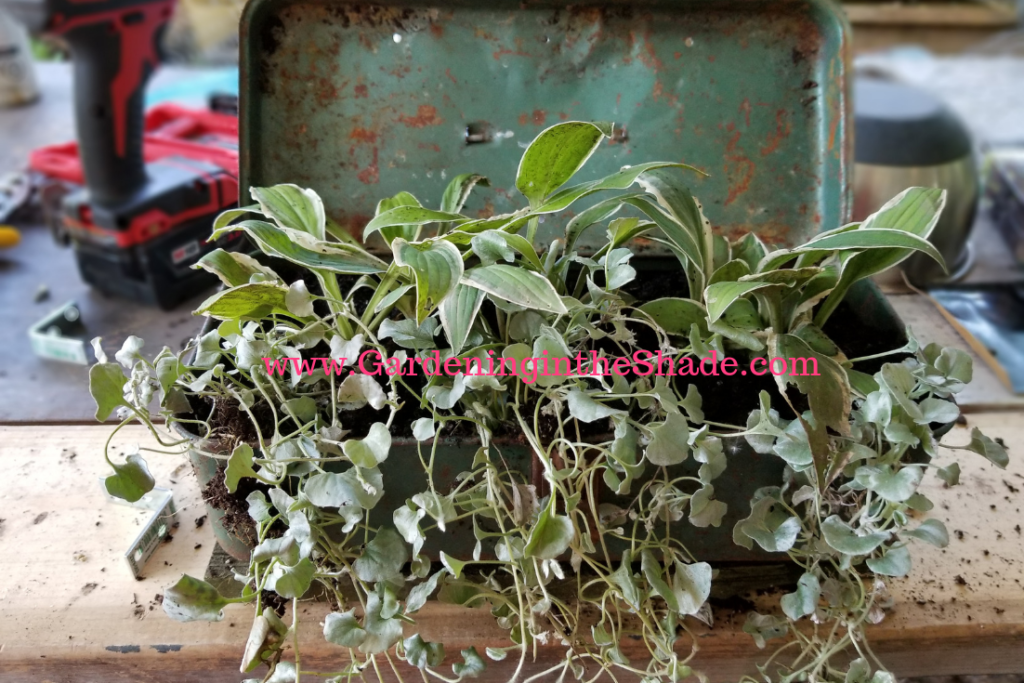
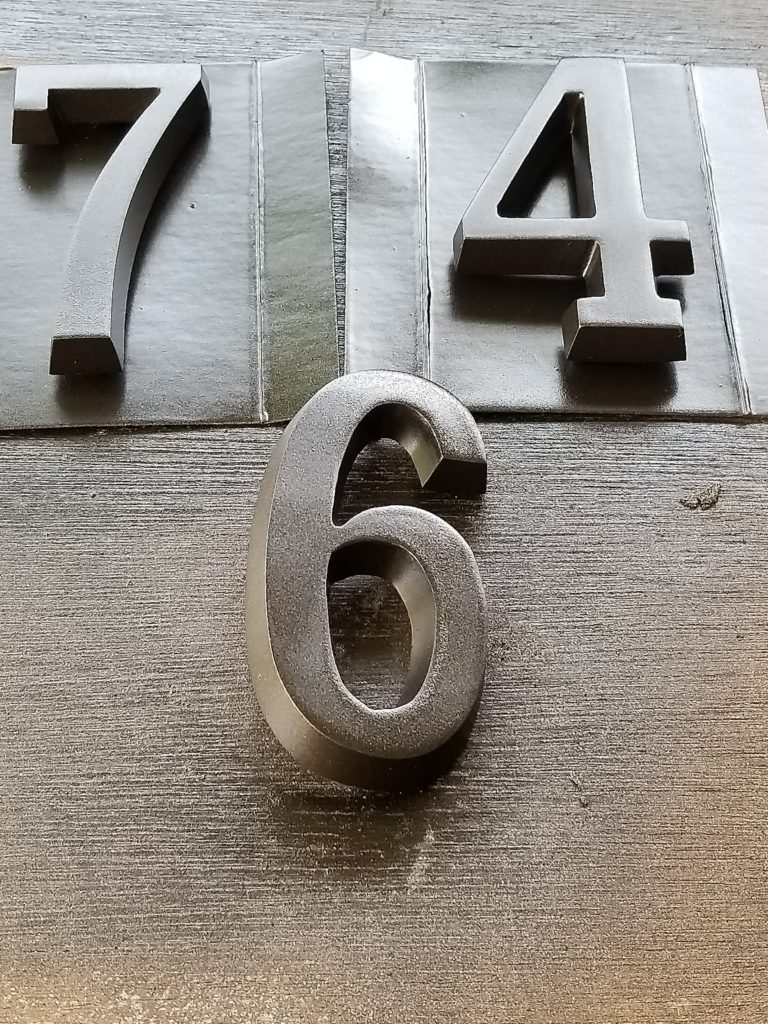
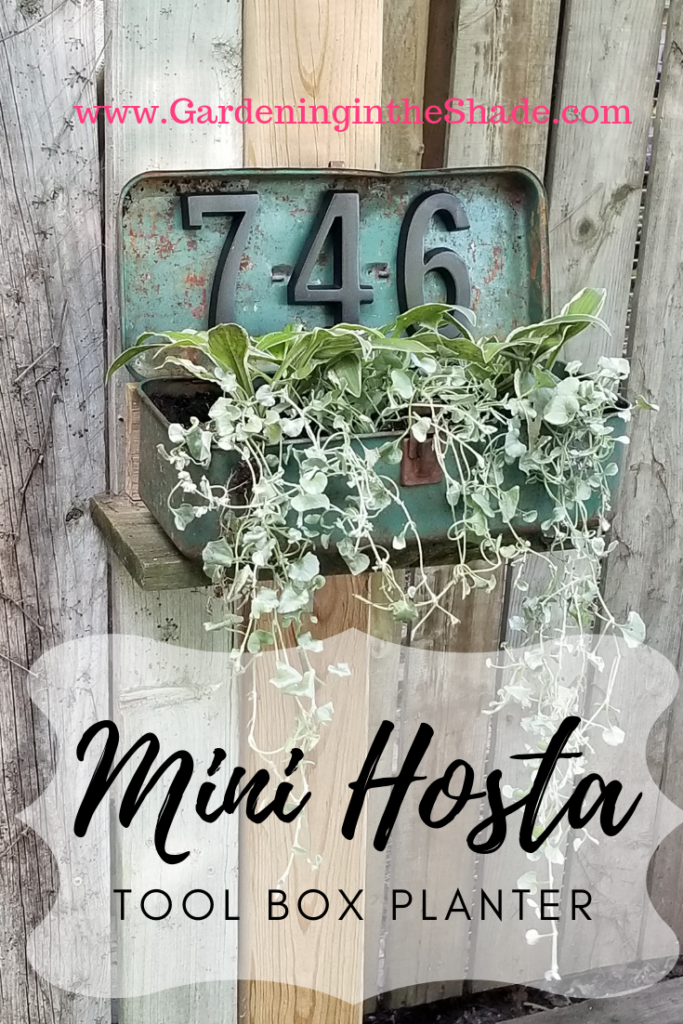
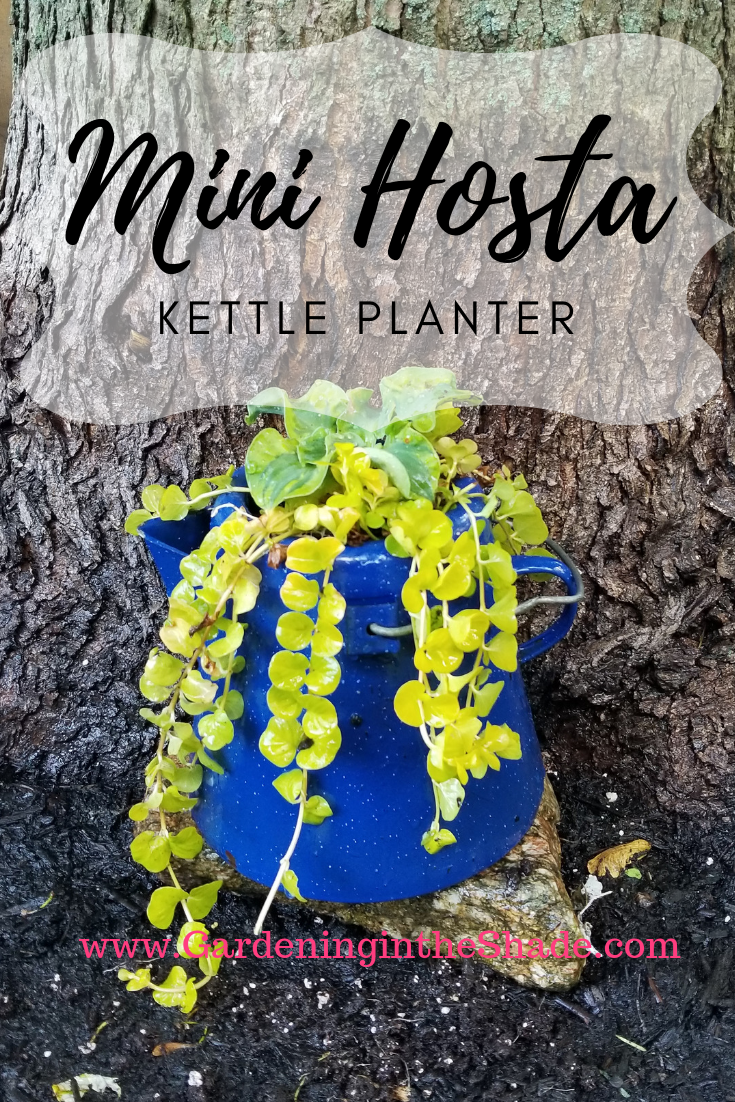
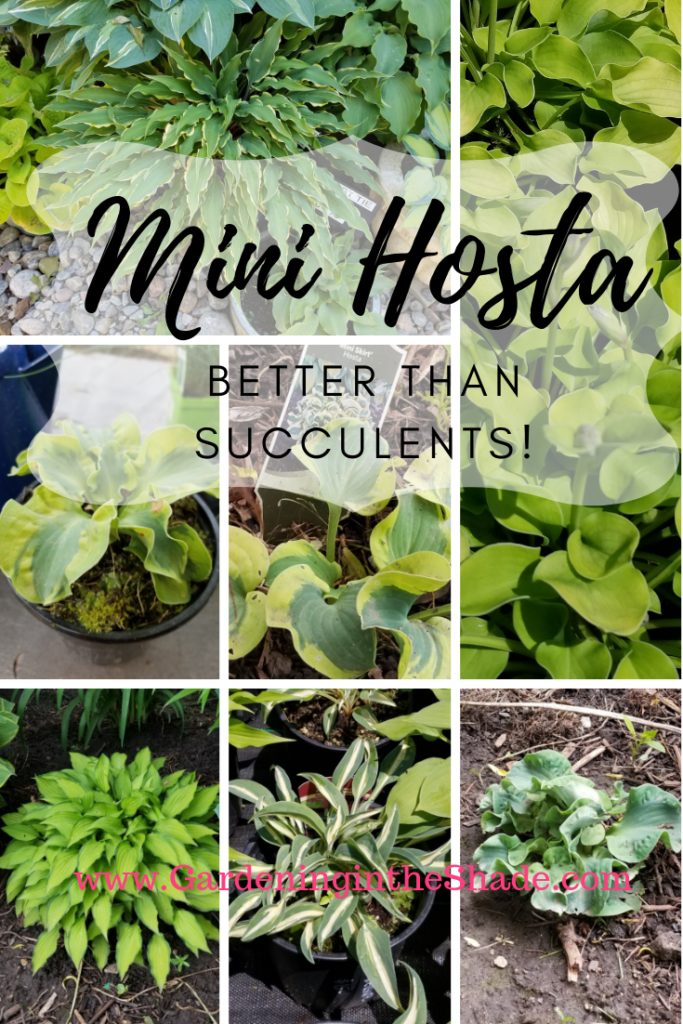 They come in blue, green, yellow, and all kinds of variegated combinations. Some are really tiny and some are just small, leaves might be long and narrow or short and round.
They come in blue, green, yellow, and all kinds of variegated combinations. Some are really tiny and some are just small, leaves might be long and narrow or short and round.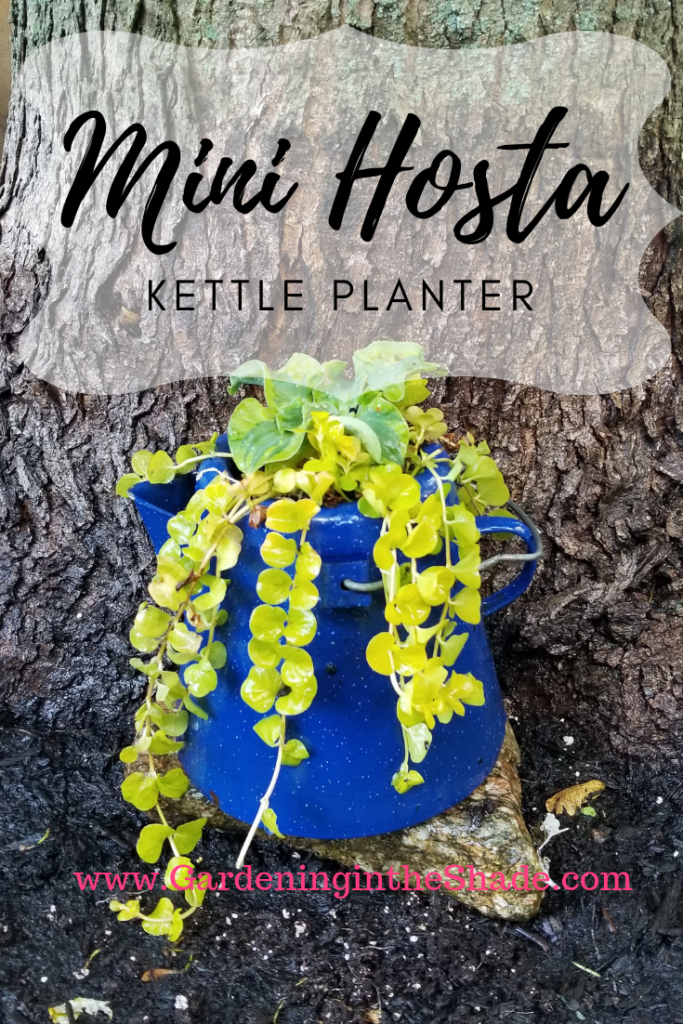
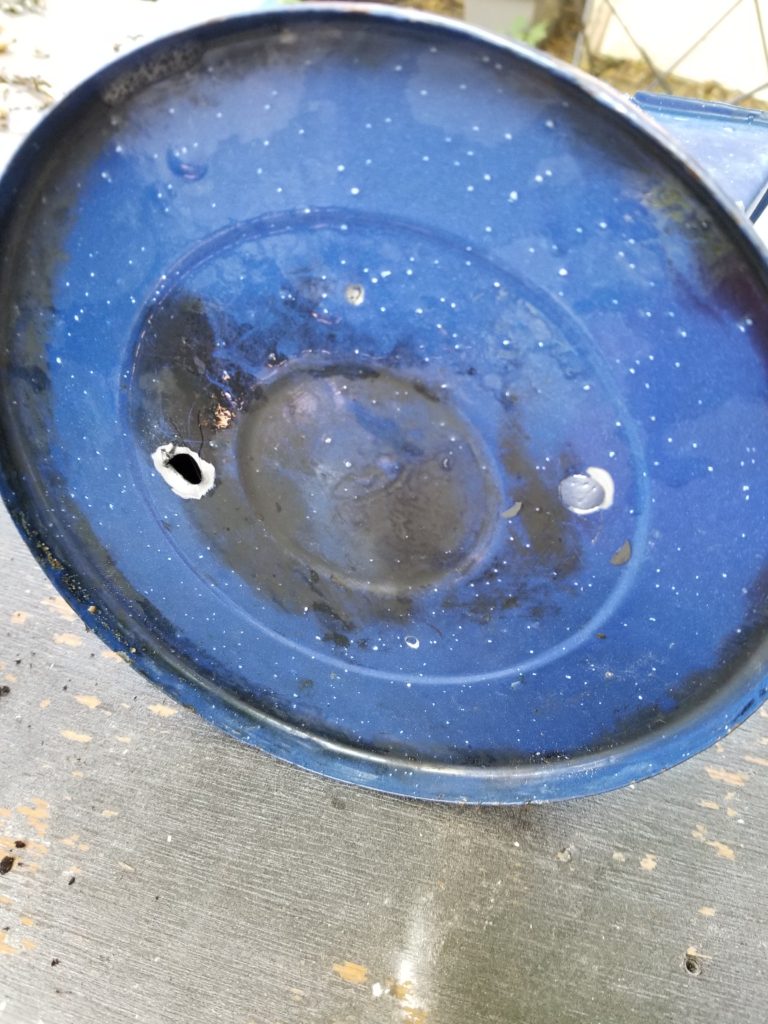
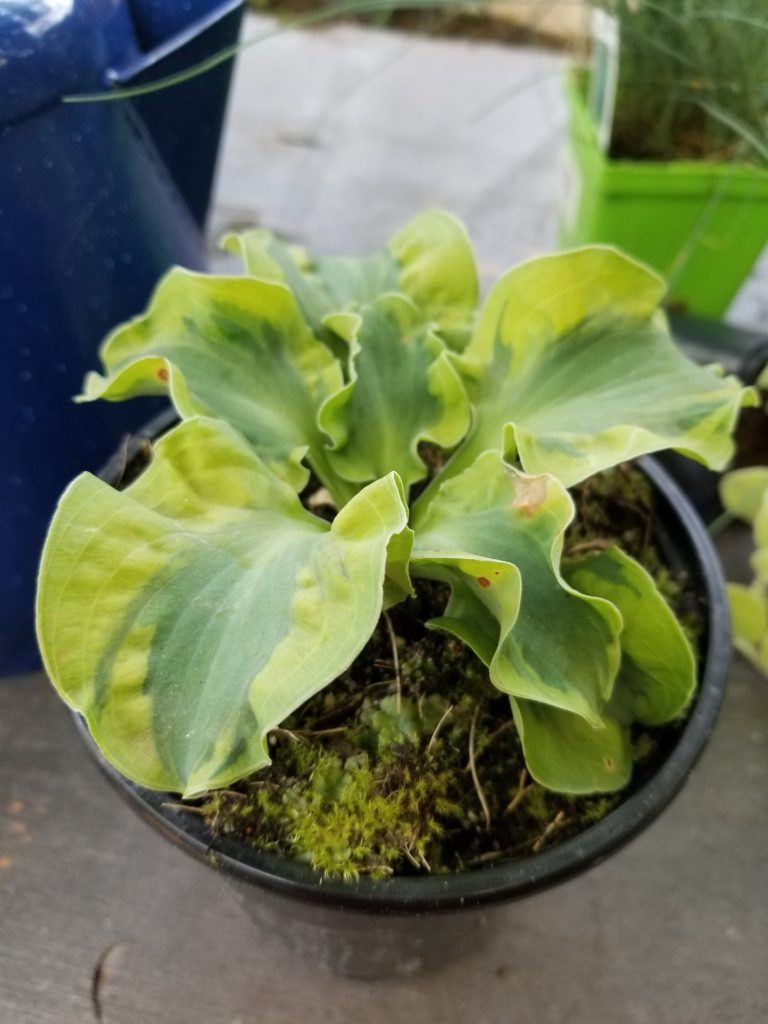
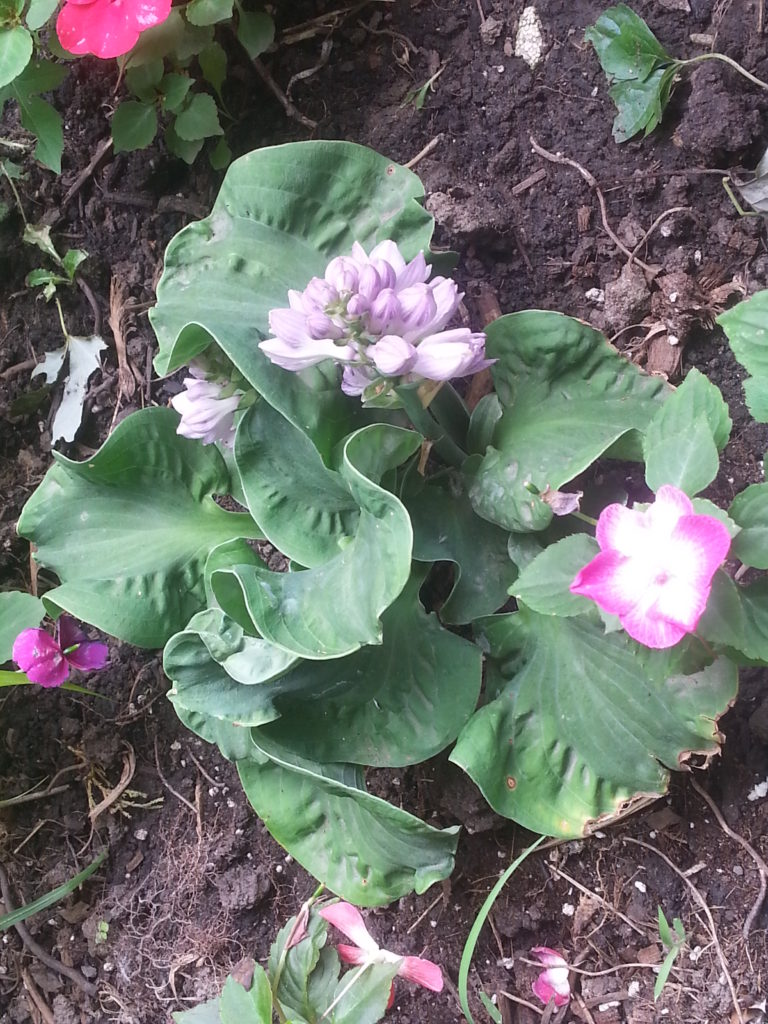 School Mouse was an impulse buy, but notice how similar it is to ‘Church Mouse’? I love those ruffled twisty leaves.
School Mouse was an impulse buy, but notice how similar it is to ‘Church Mouse’? I love those ruffled twisty leaves.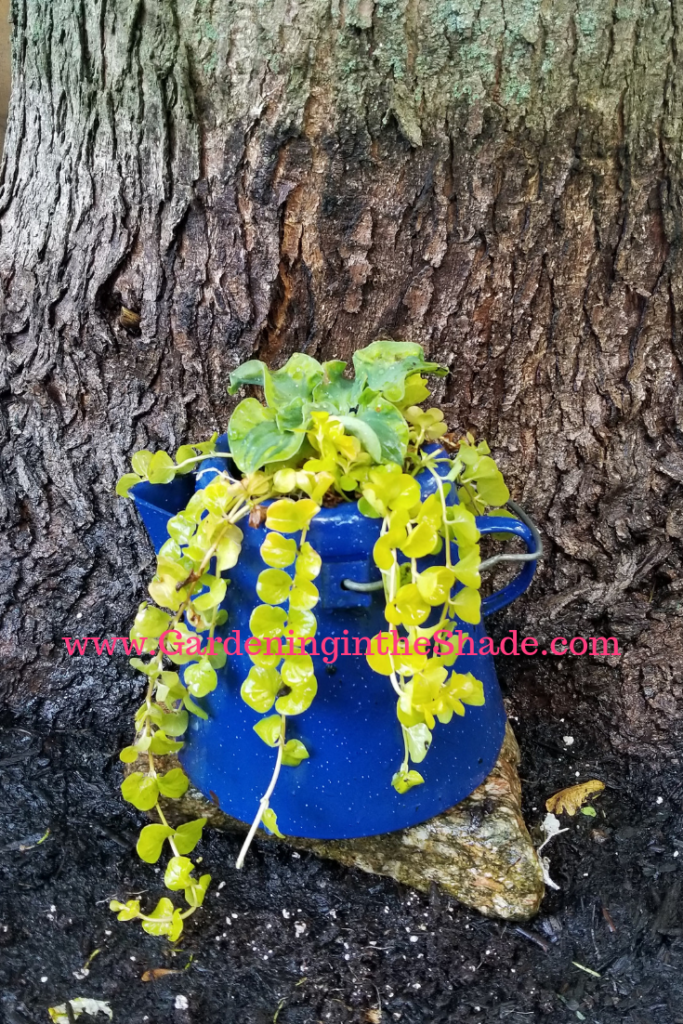

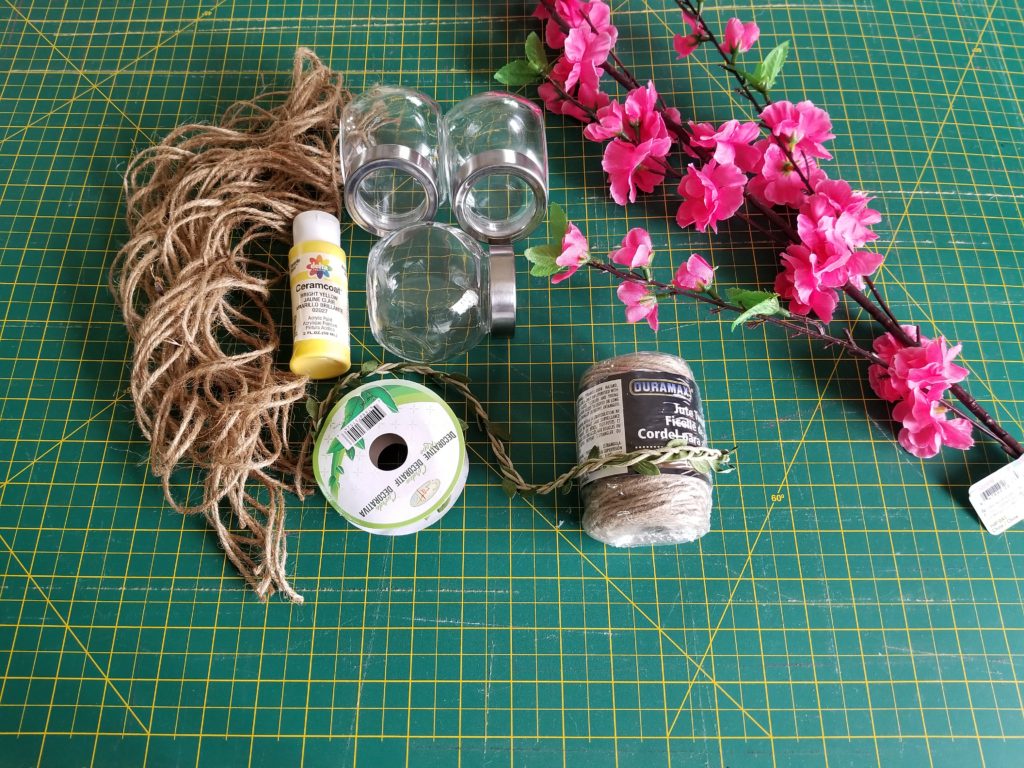
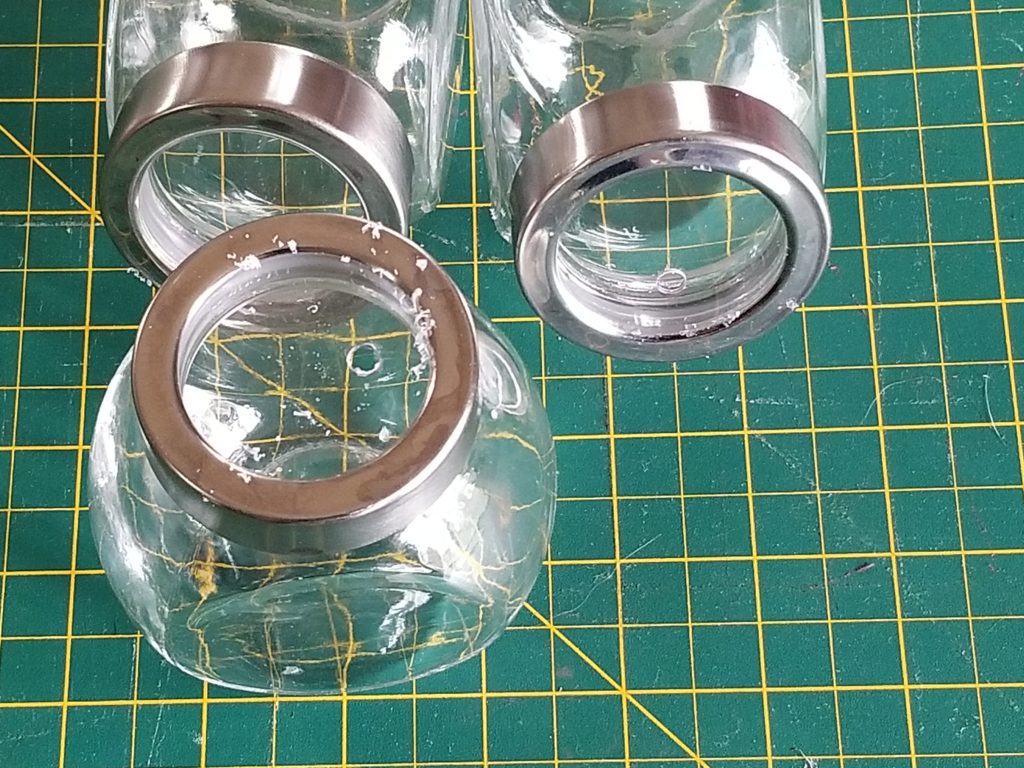
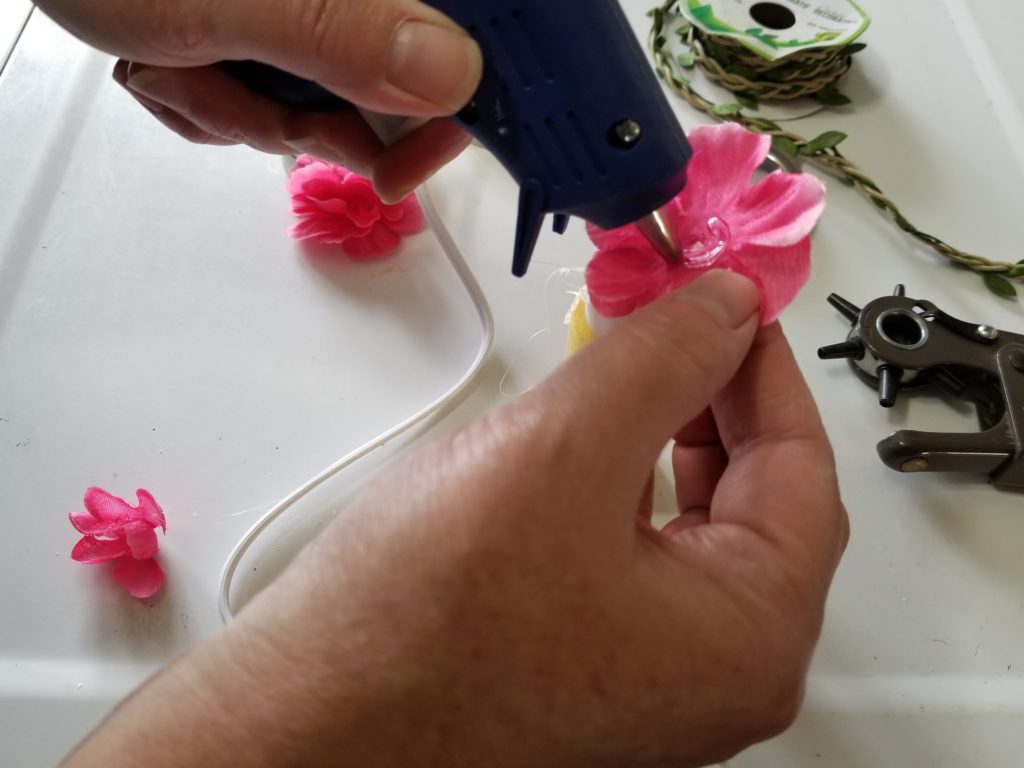
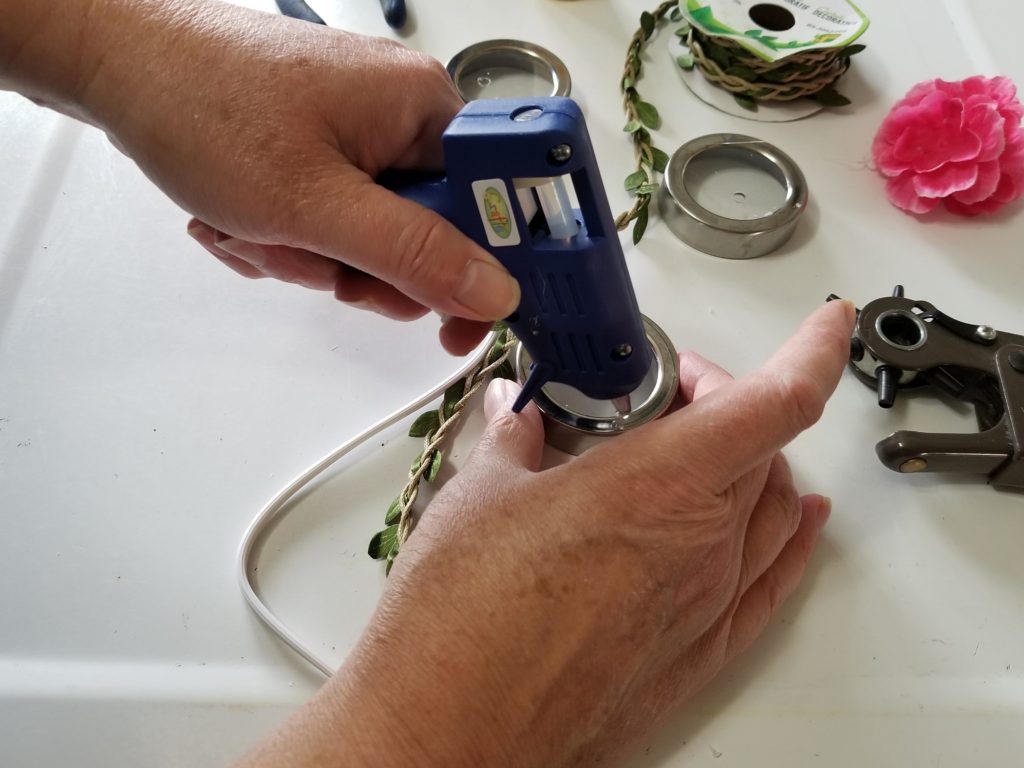
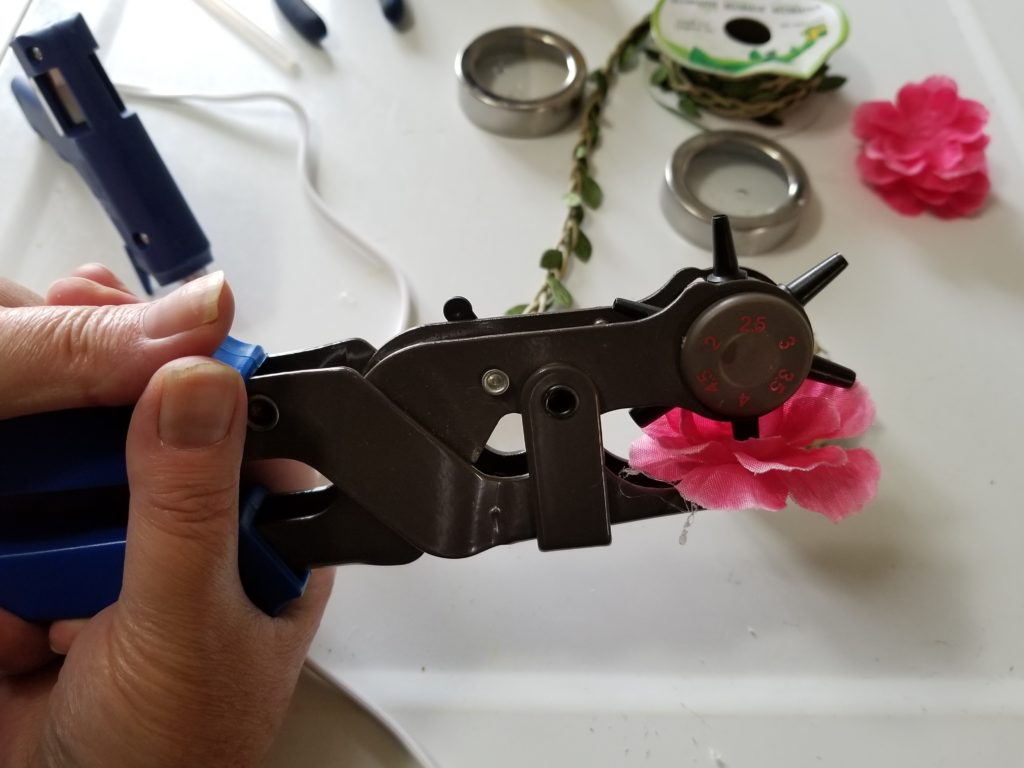
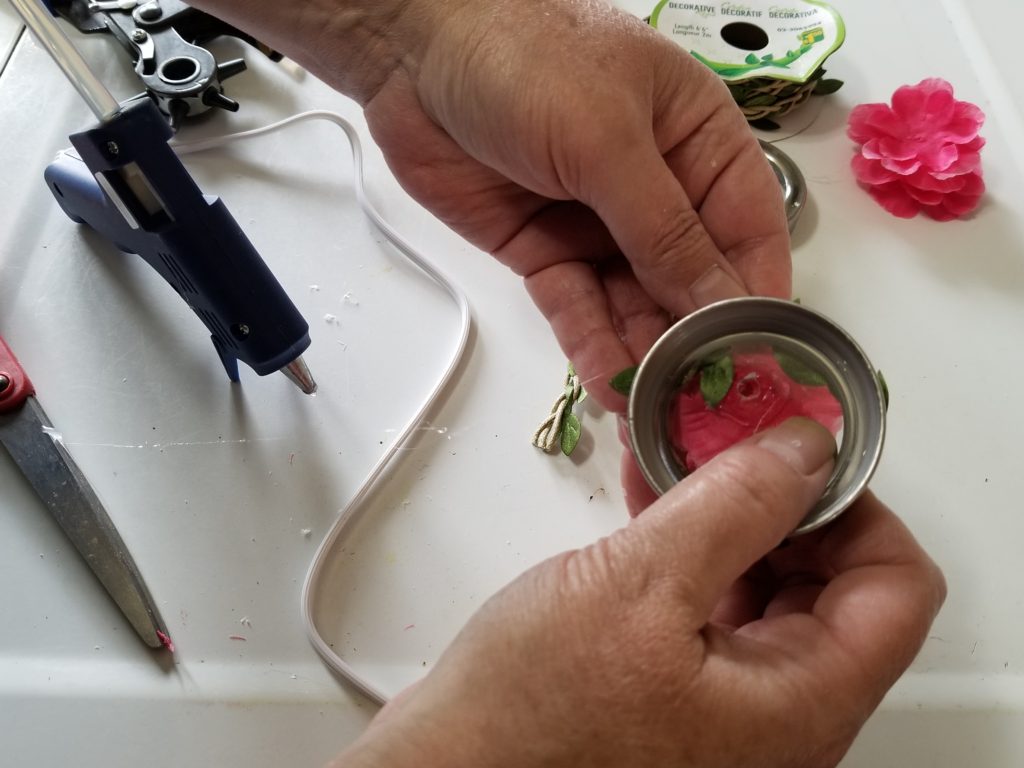
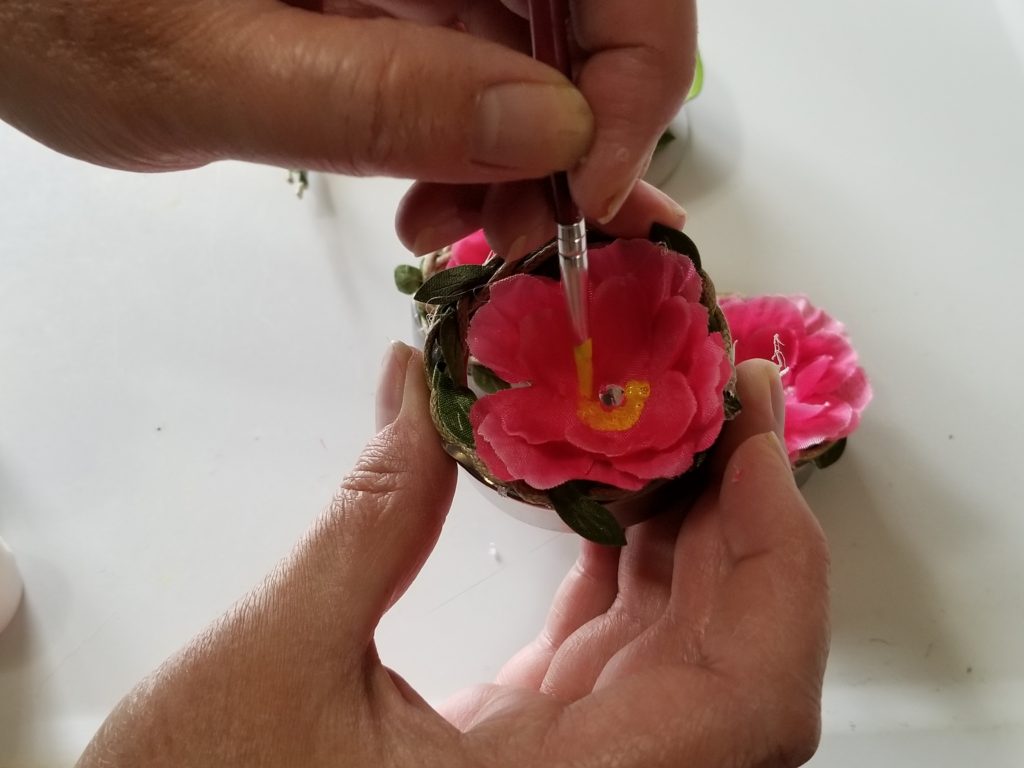
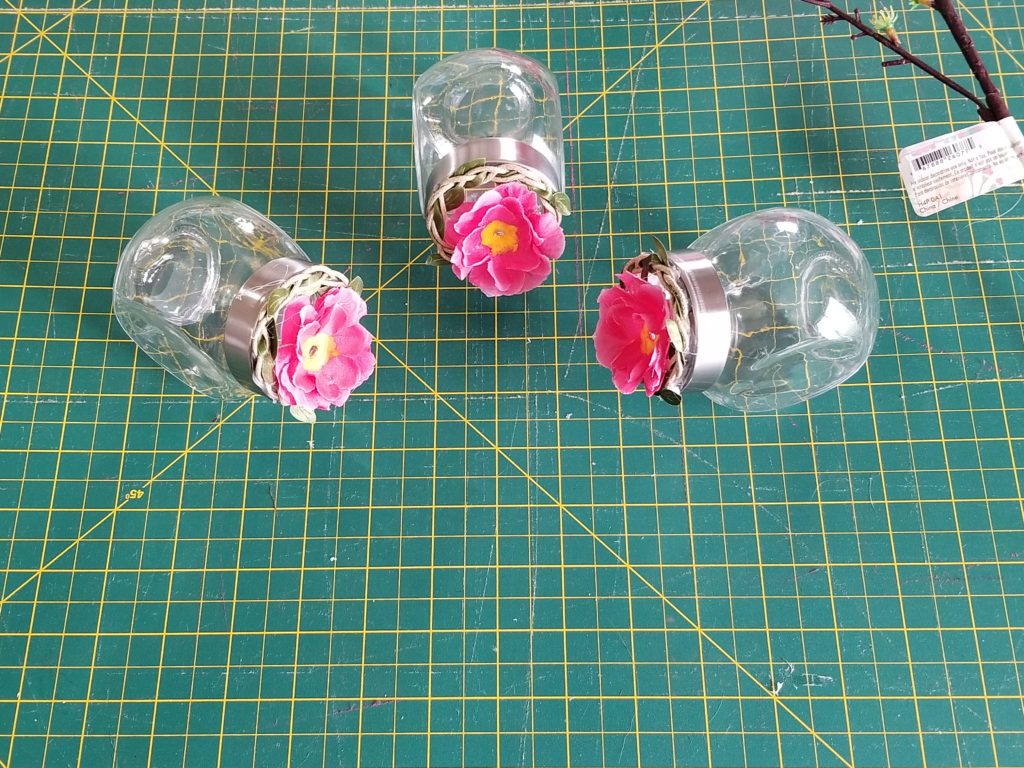
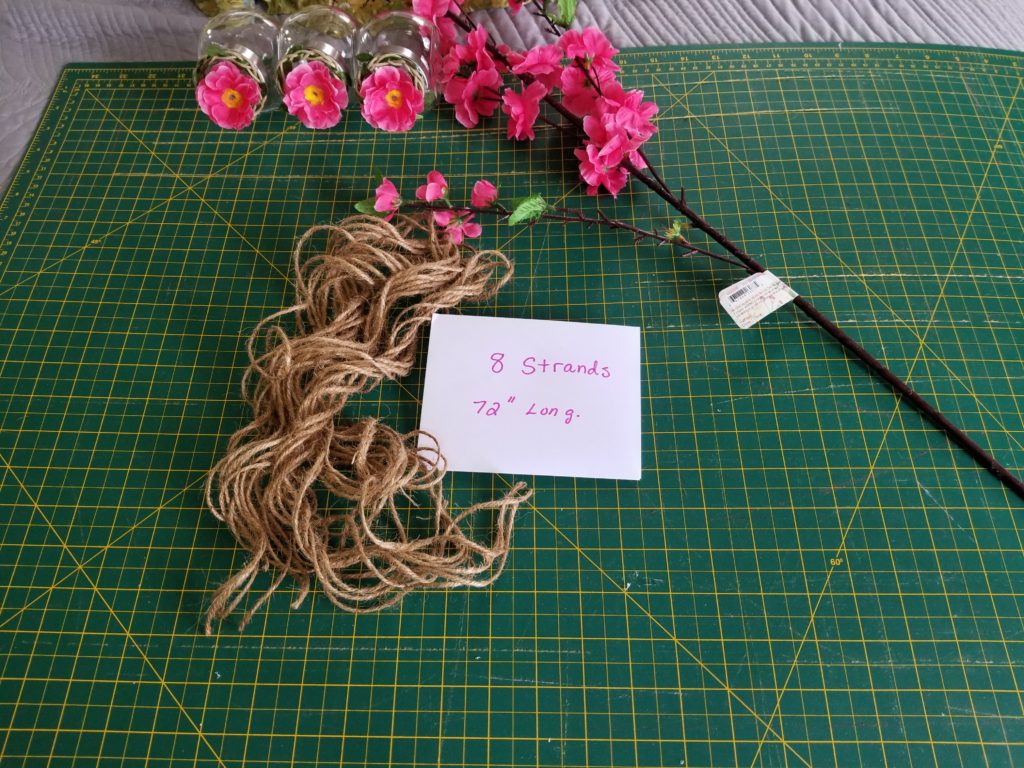
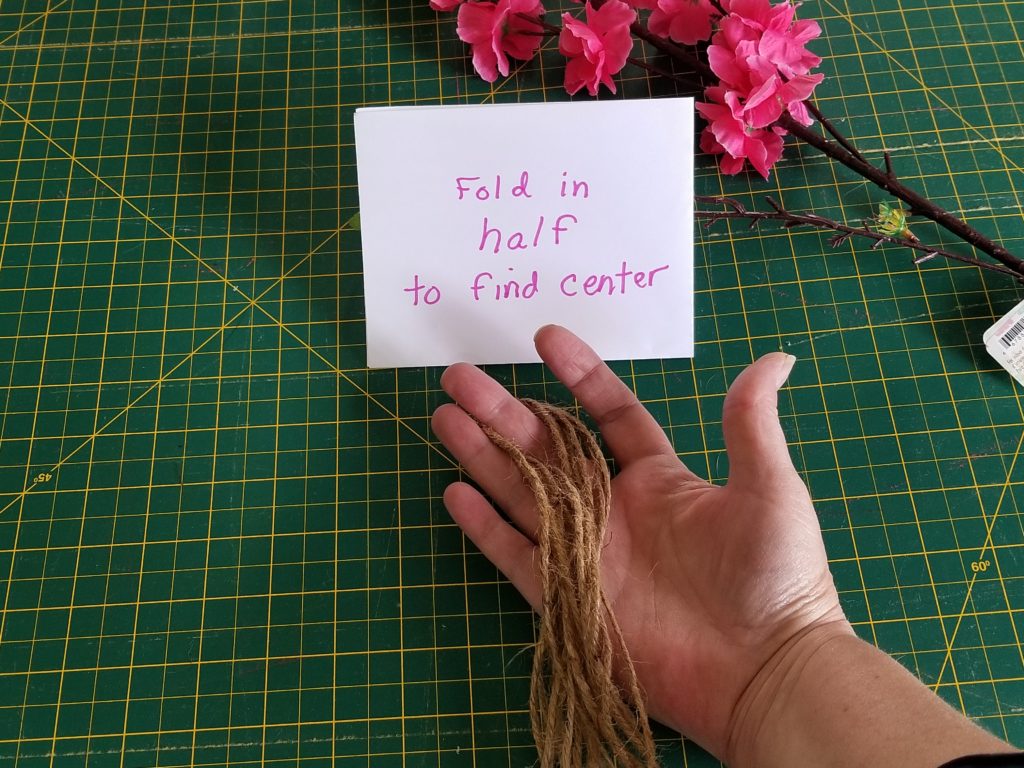
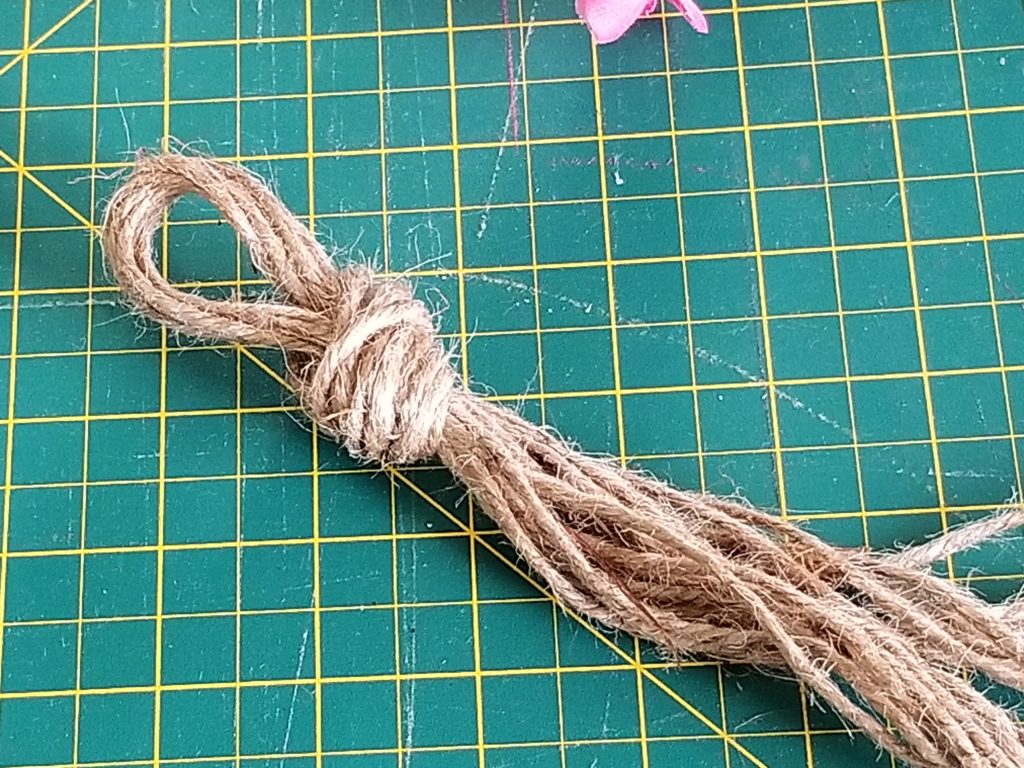
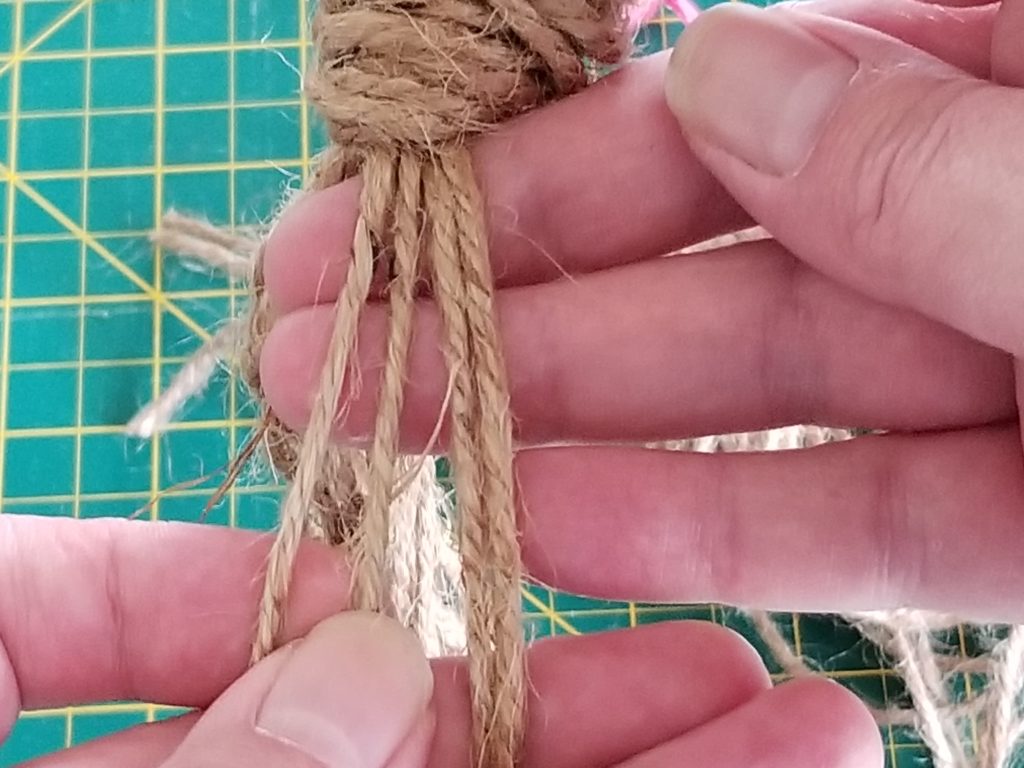
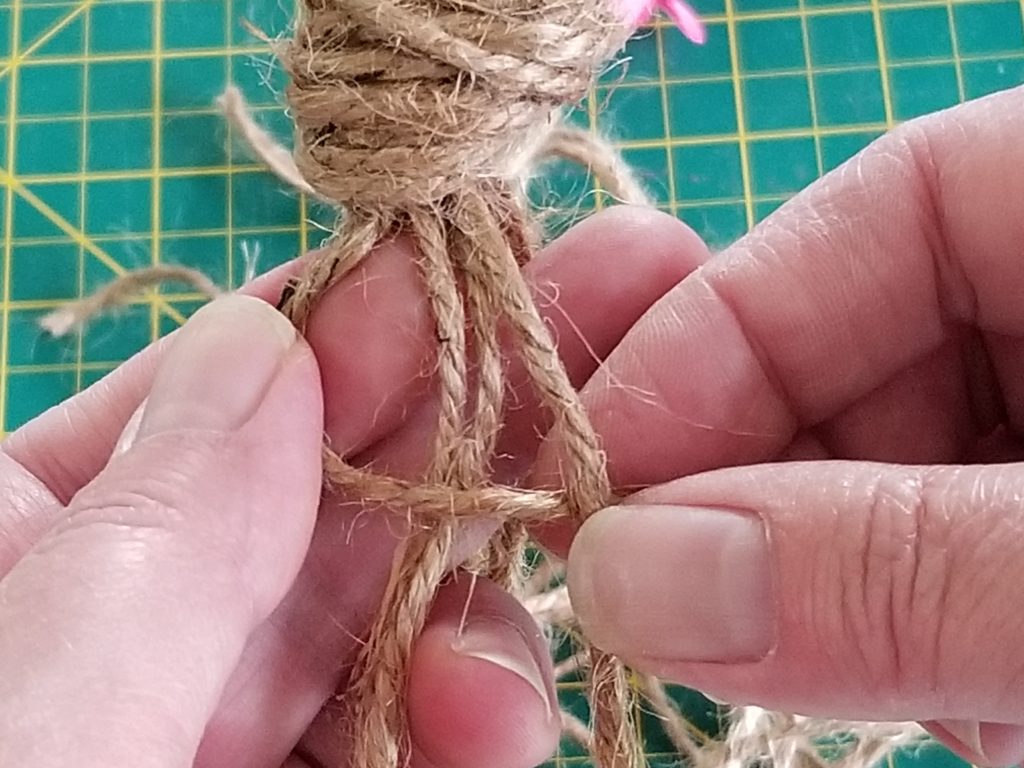
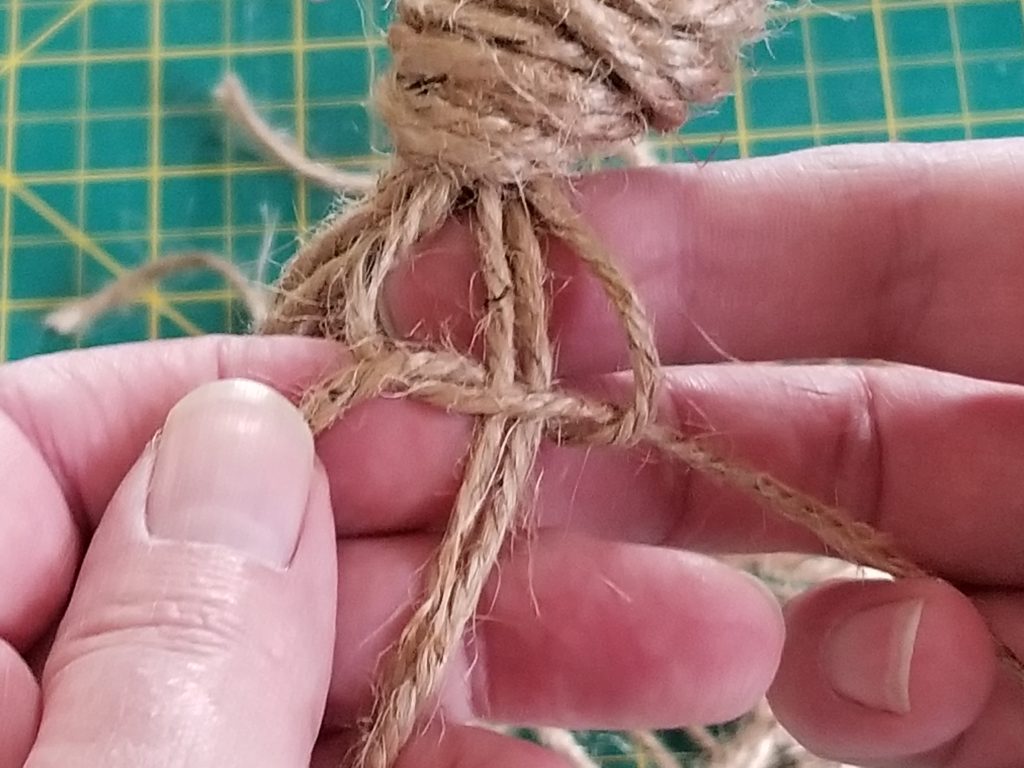
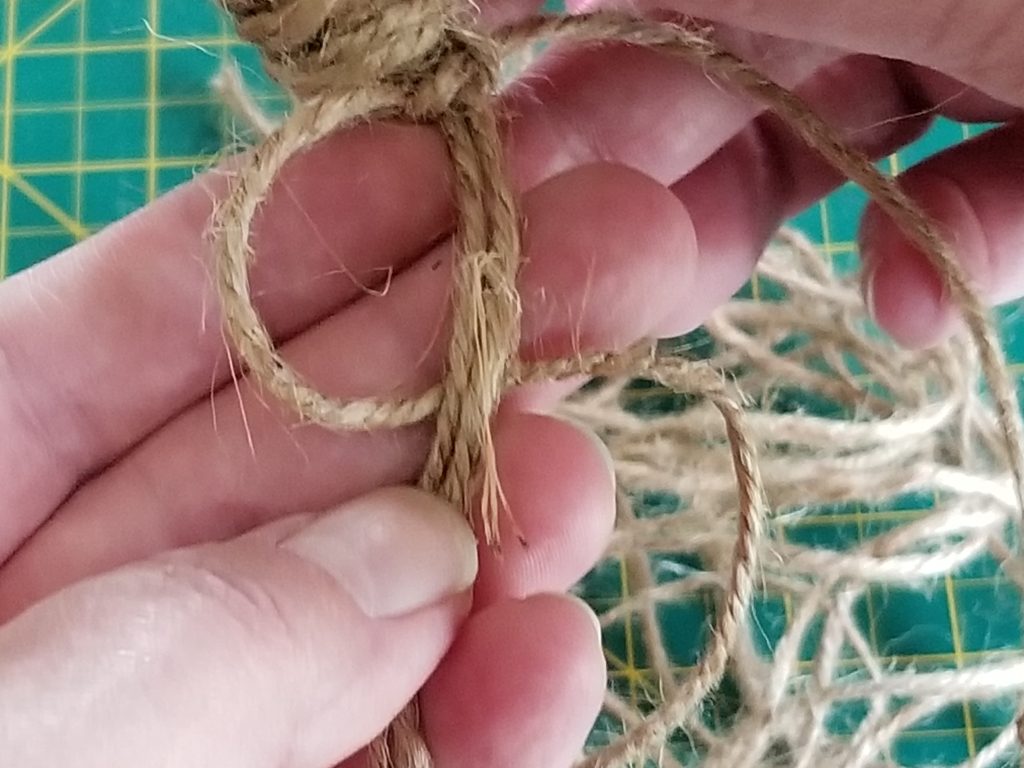
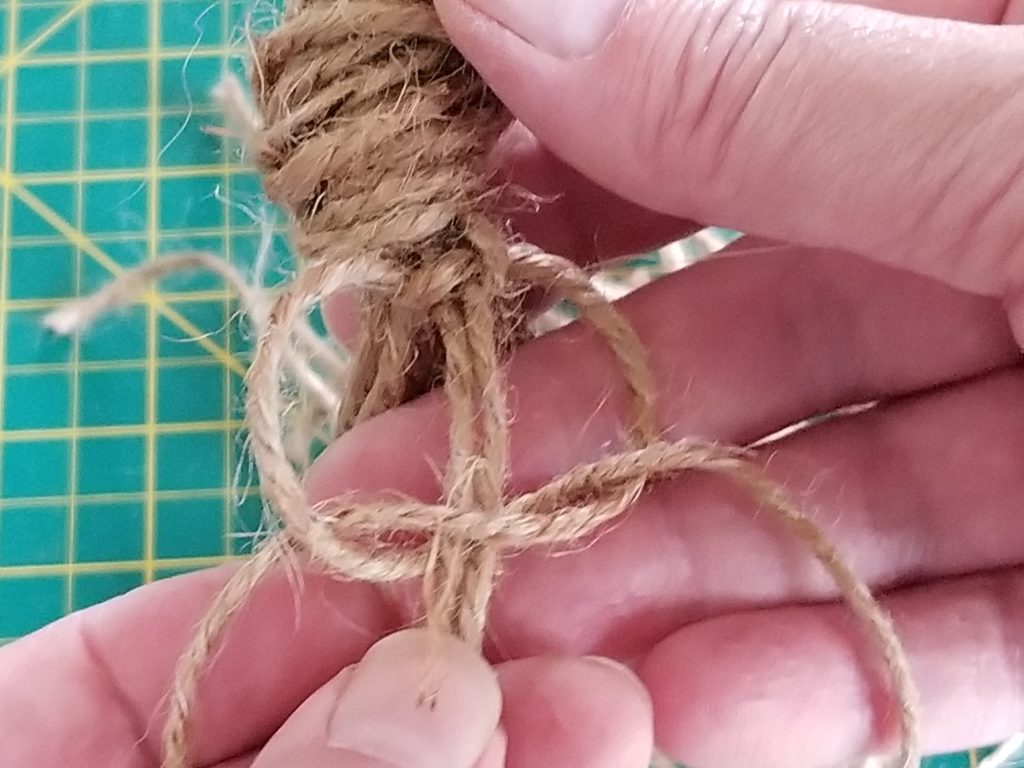
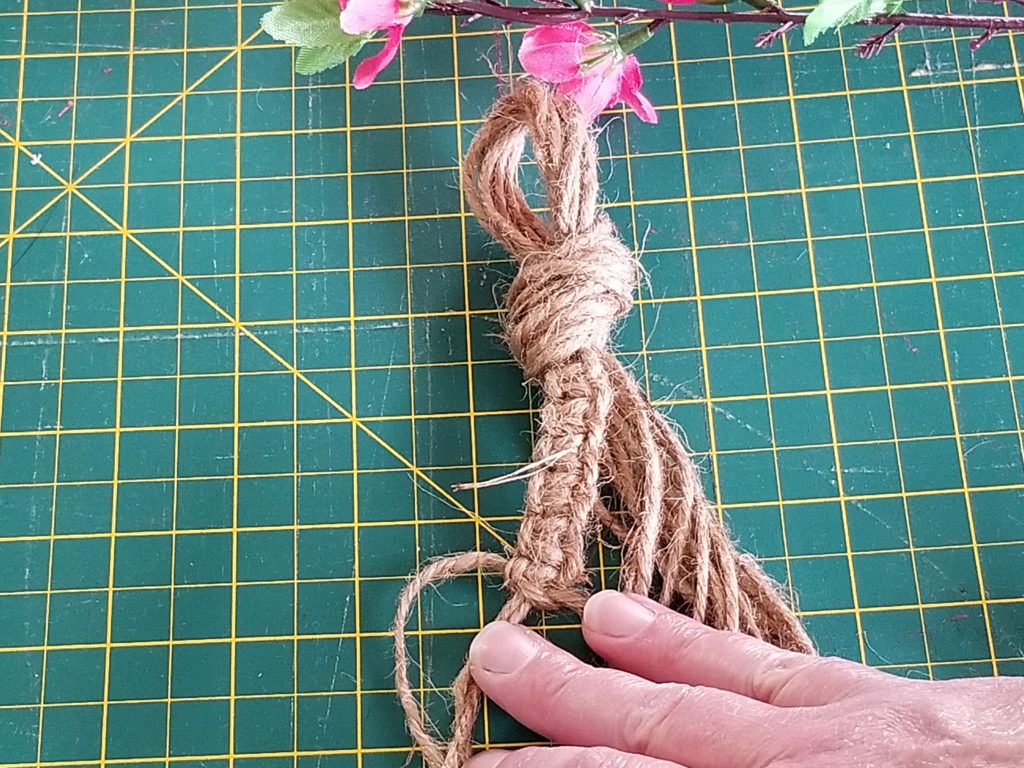
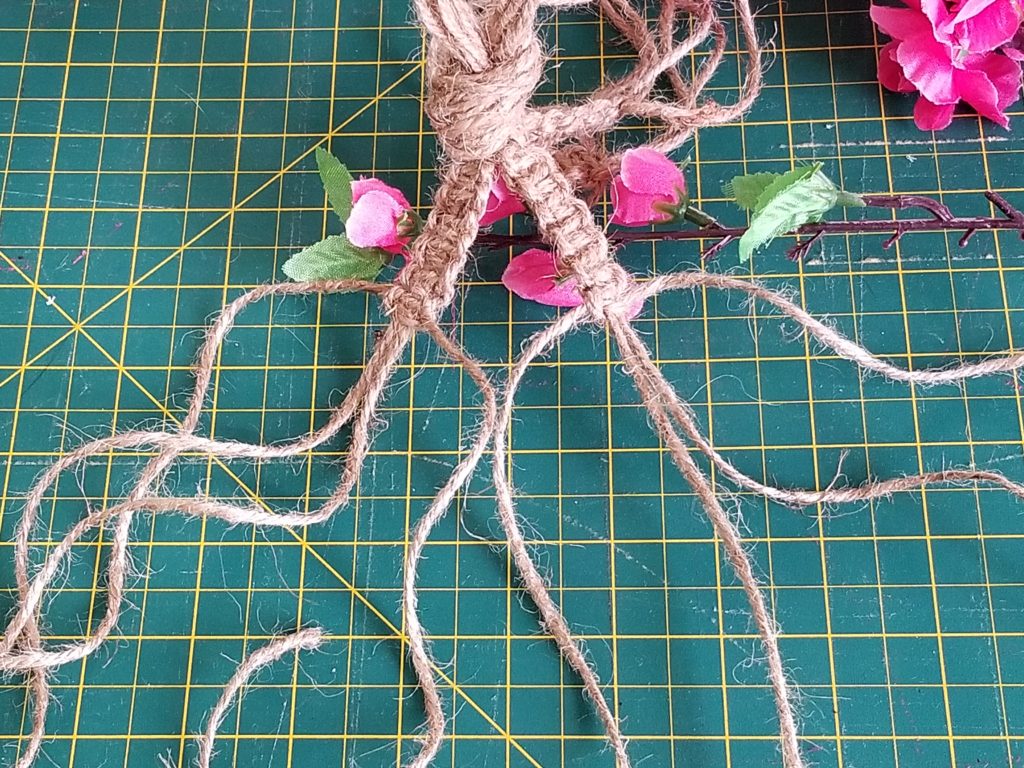
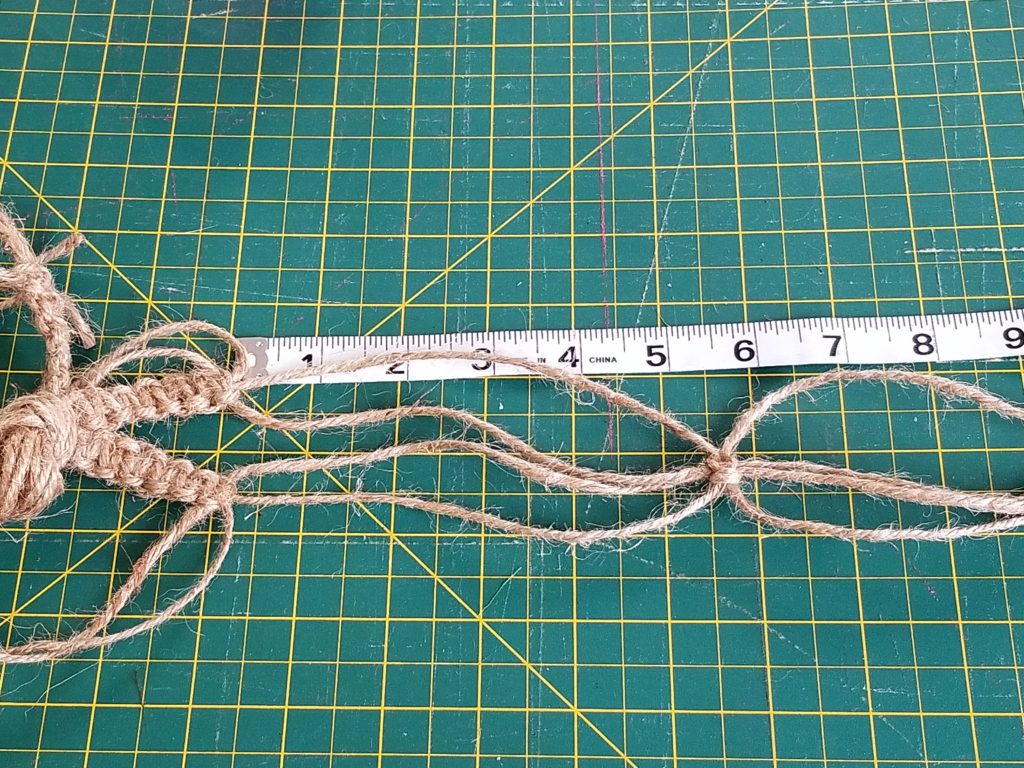
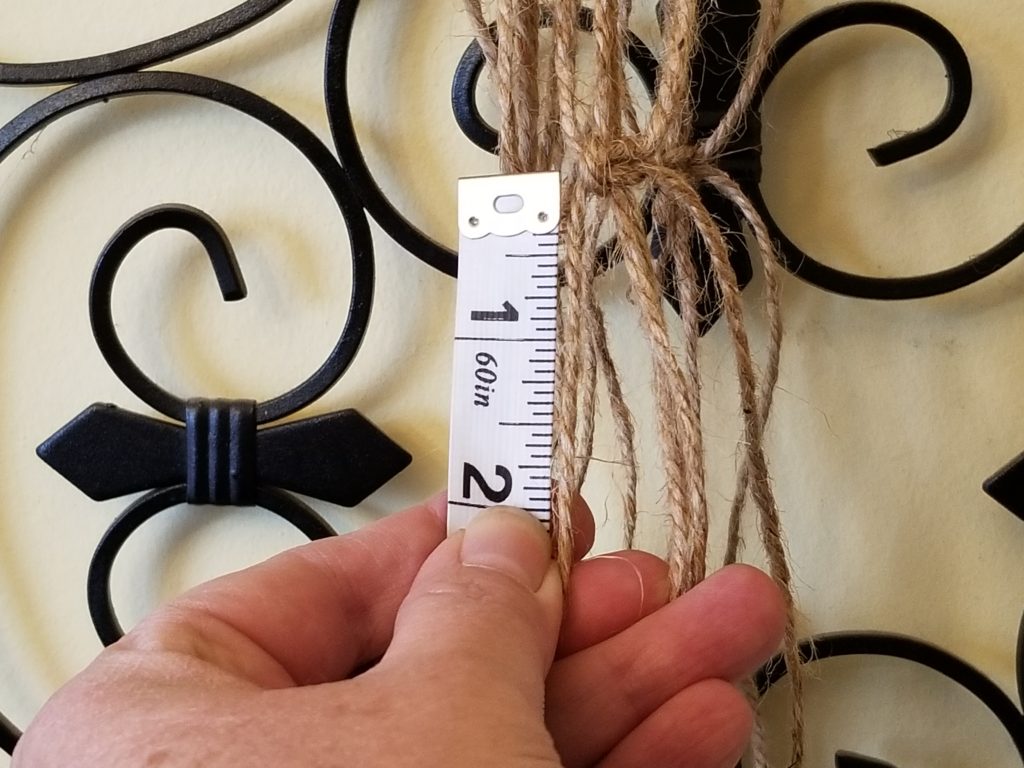
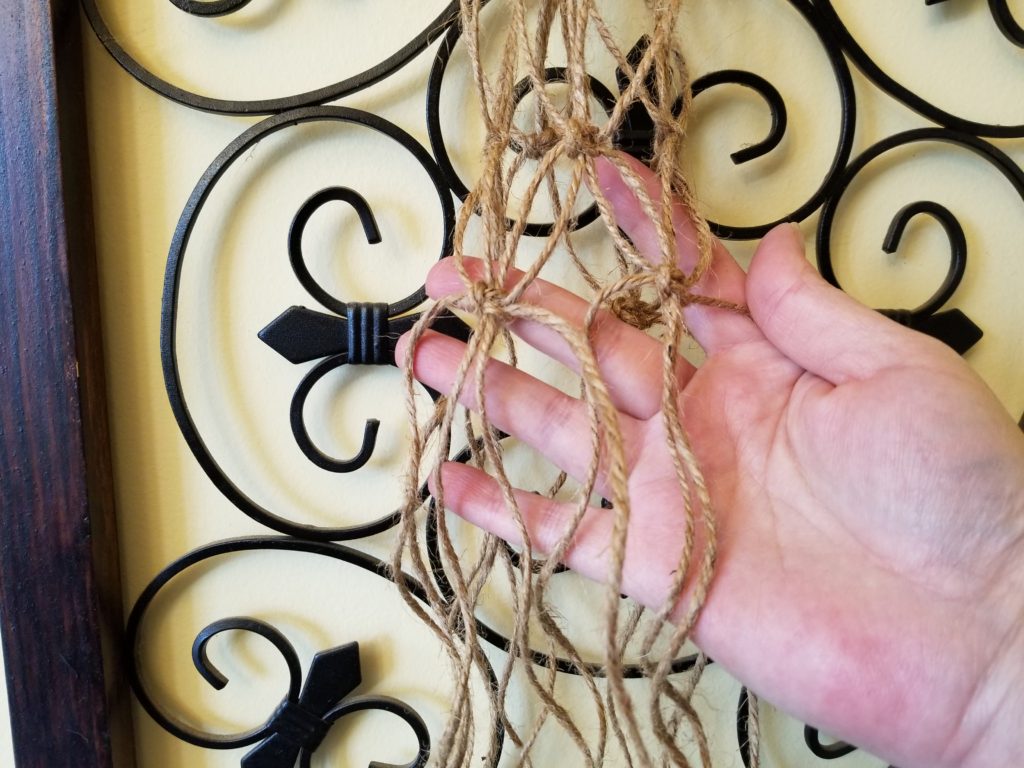
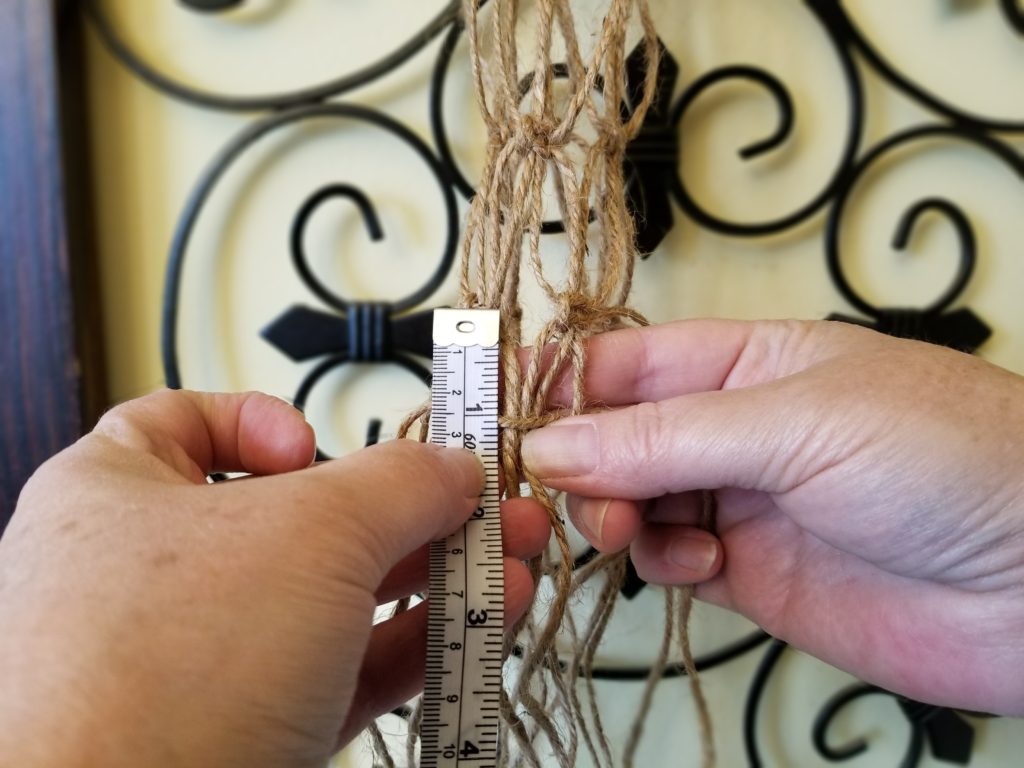
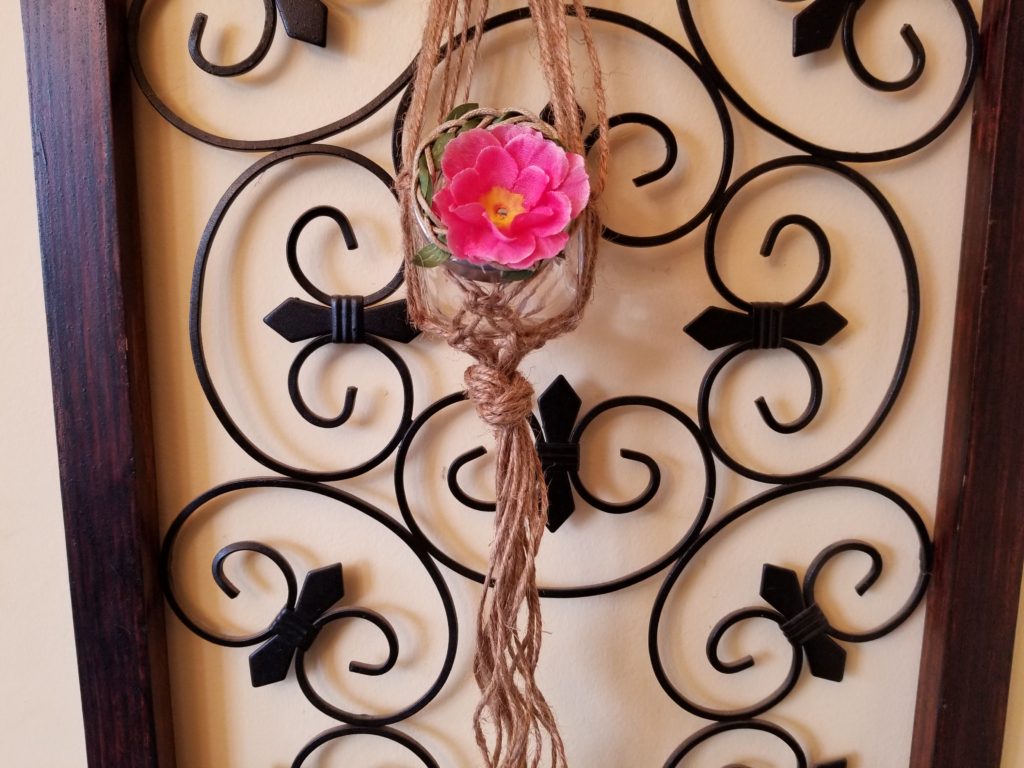
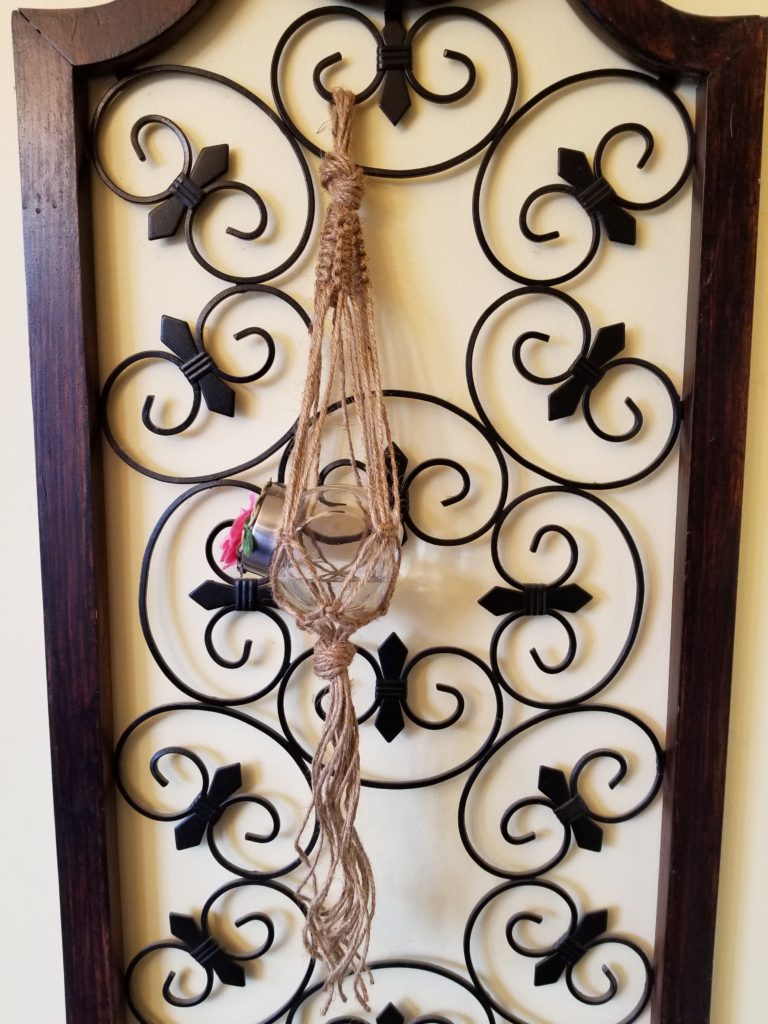
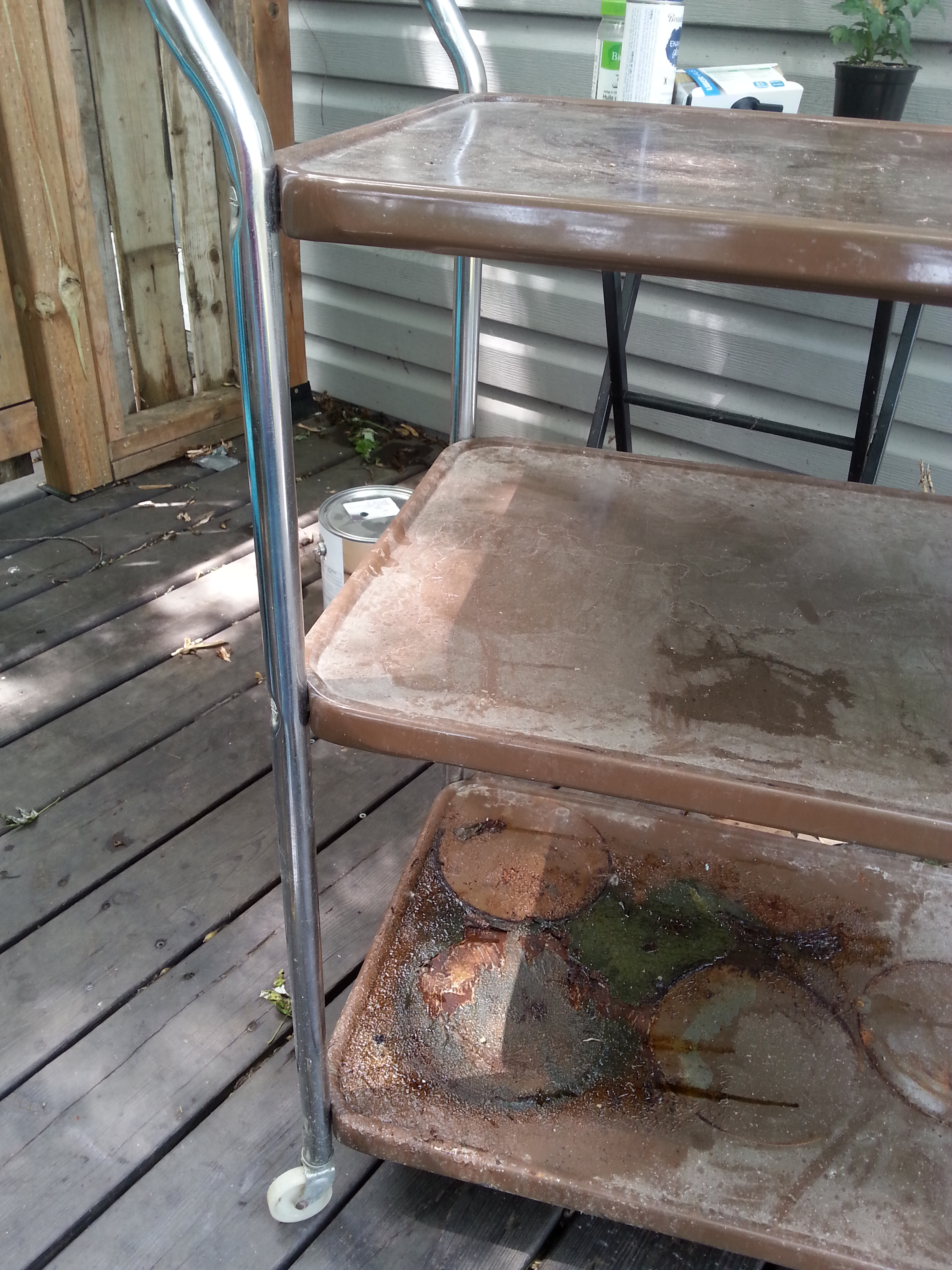
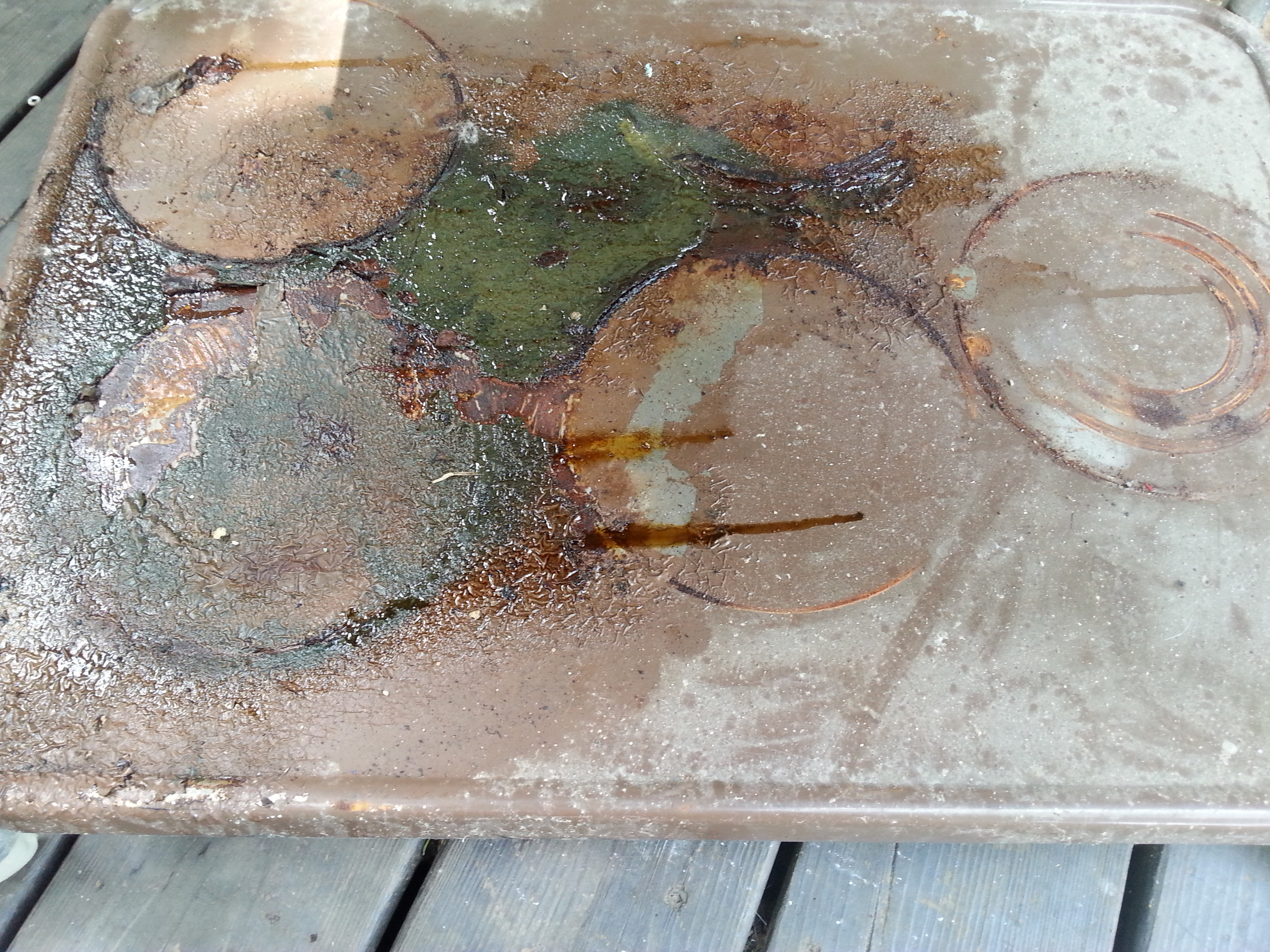
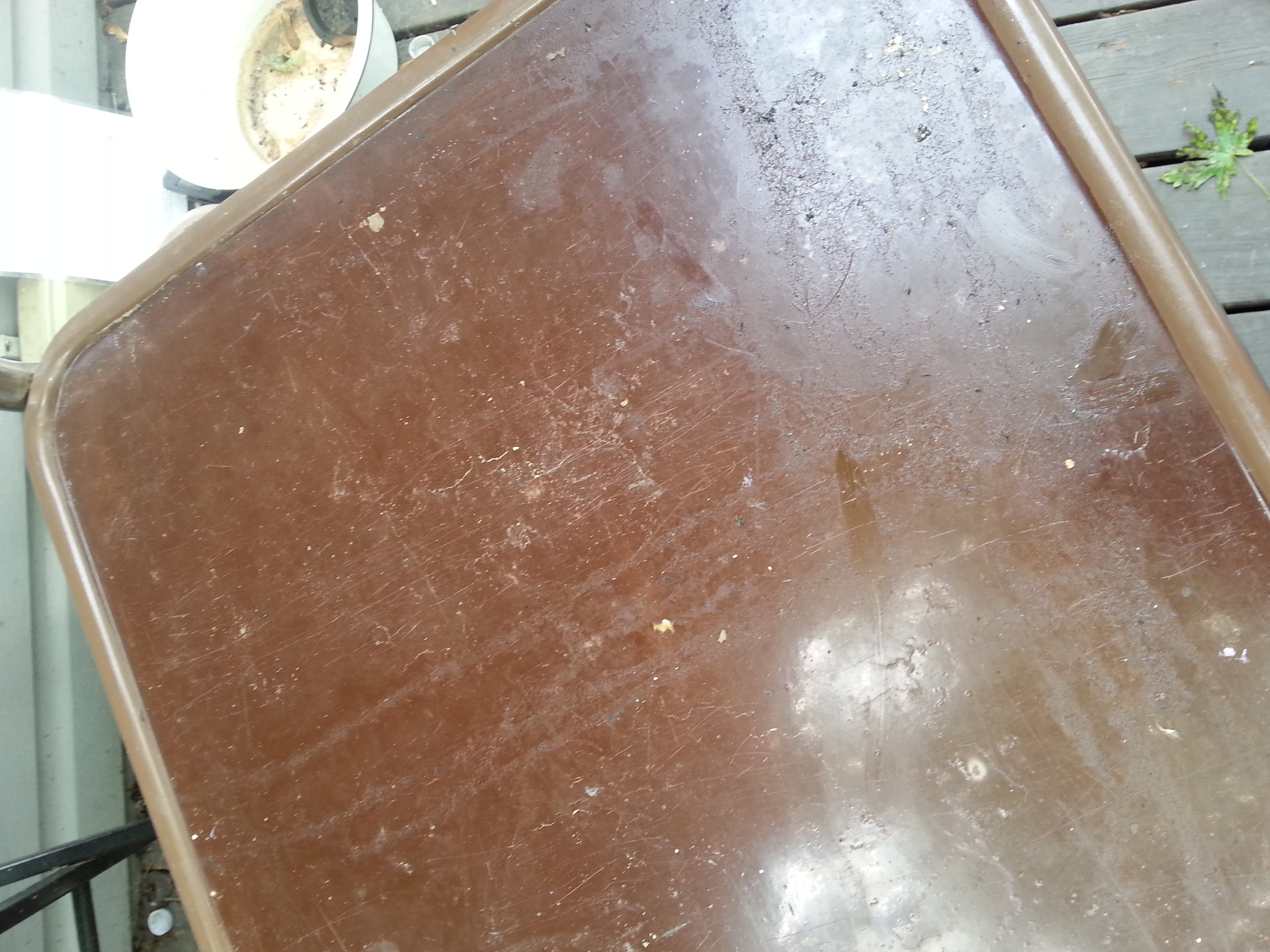
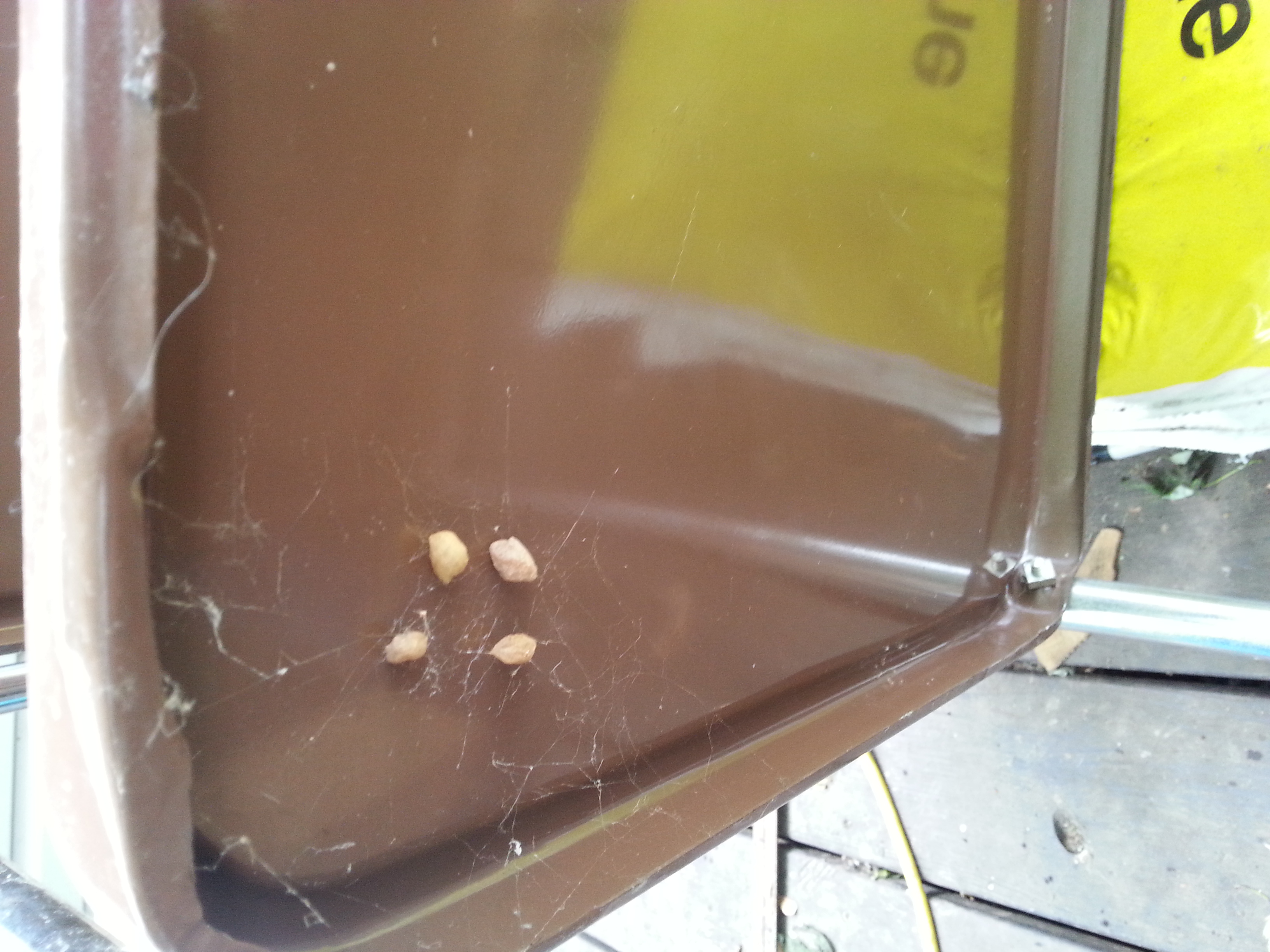
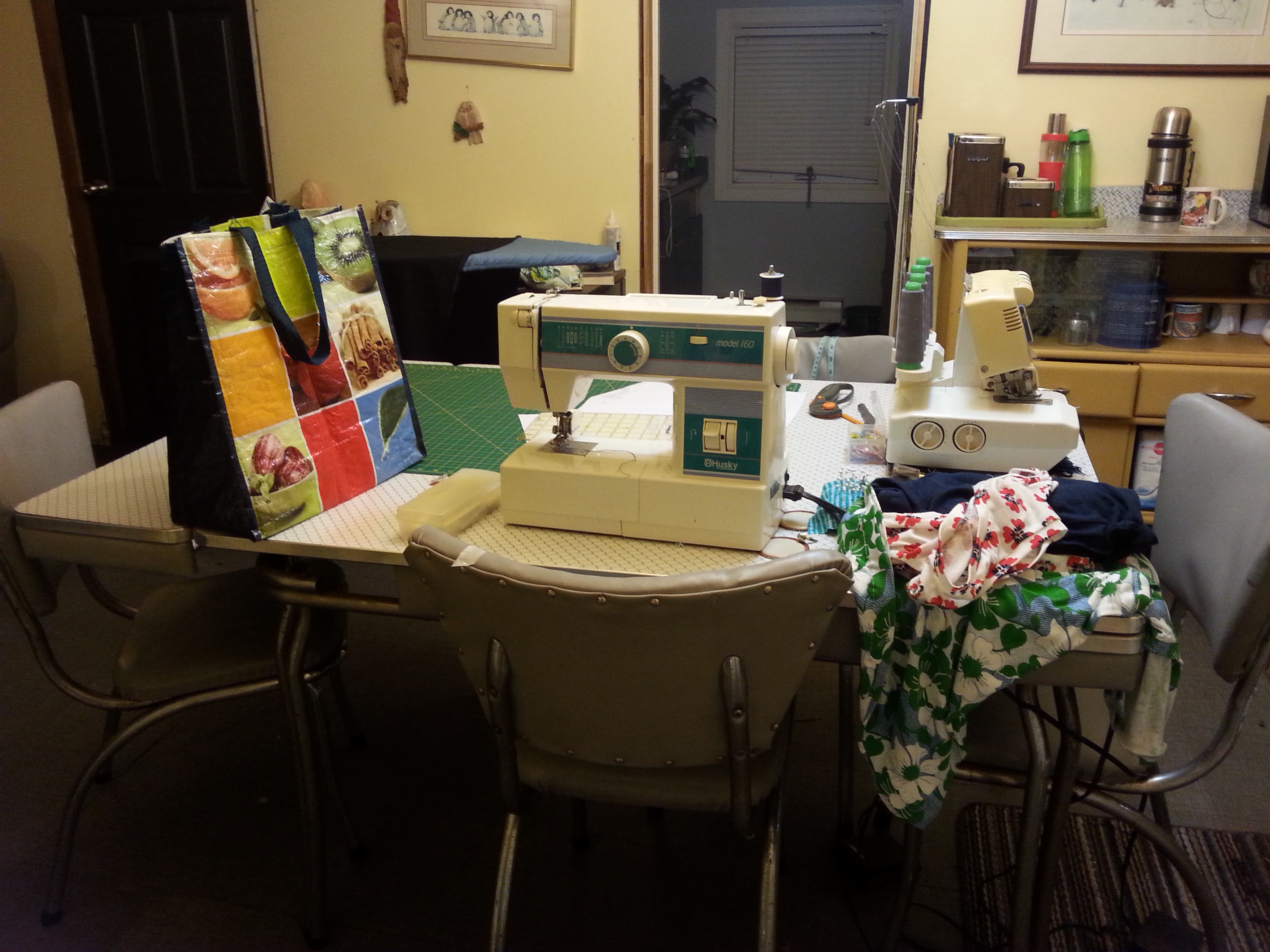 Then I started sewing again, and after 2 weeks of my sewing living in my kitchen, I decided it was time to move it out of shared living spaces and set up a dedicated area.
Then I started sewing again, and after 2 weeks of my sewing living in my kitchen, I decided it was time to move it out of shared living spaces and set up a dedicated area.